Upcoming Seminars



9/30/24 at 4:00pm in Biology 134
Speaker Bio Aditya Kunjapur is an Assistant Professor and the Thomas Willing Early Career Professor of Chemical & Biomolecular Engineering at the University of Delaware. He earned B.S. and Ph.D. degrees in Chemical Engineering from the University of Texas at Austin and MIT in 2010 and 2015, respectively. After conducting post-doctoral research with George Church […]









Past Seminars

6/20/24 at 2:00pm in NR142
Net primary productivity (NPP) of grassland ecosystems is dependent on many biotic and abiotic factors. However, water availability is generally considered the primary determinant of NPP, as well as being key for defining grassland community structure, and thus it is imperative to understand how grasslands respond to drought in a climate where droughts are expected […]
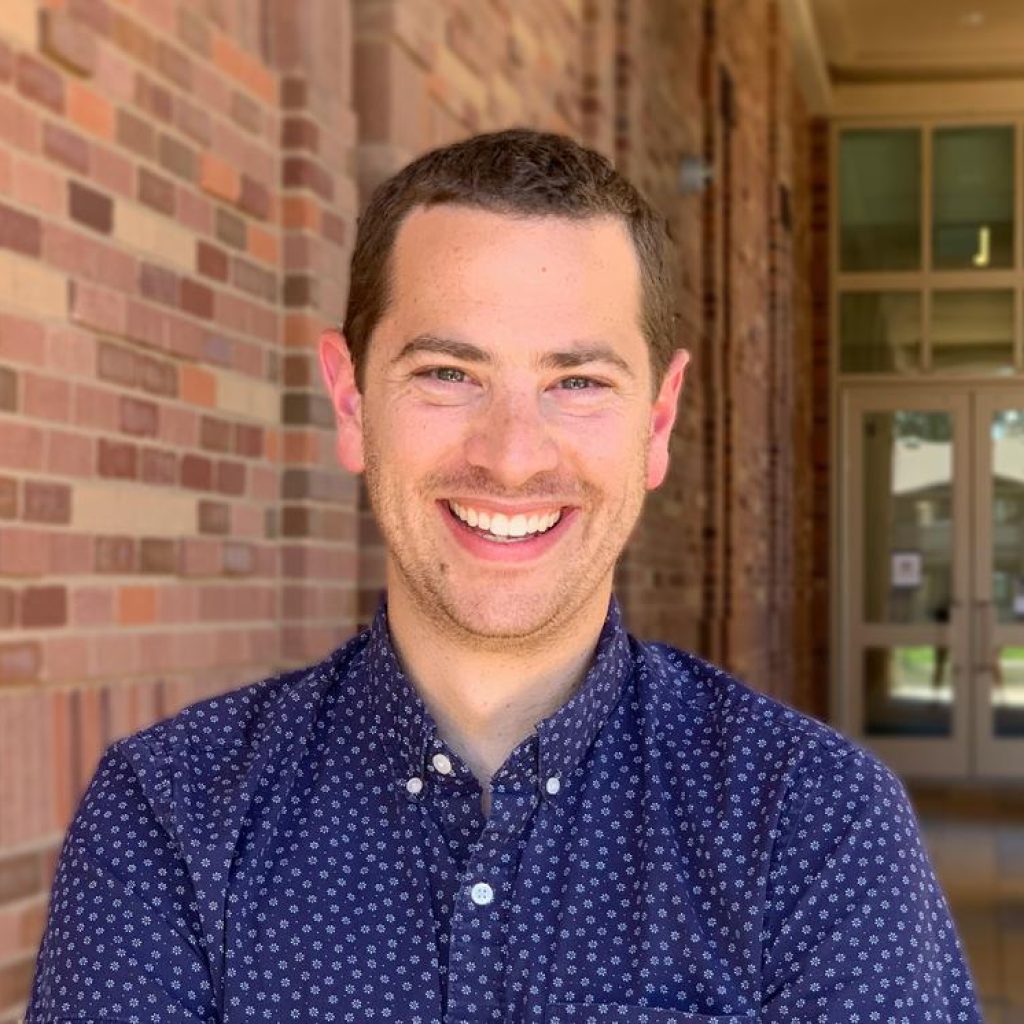
4/30/24 at 4:00pm in Biology 136
Dr. Aaron Whiteley is an Assistant Professor in the Department of Biochemistry at the University of Colorado Boulder. His laboratory focuses on understanding the molecular mechanisms and evolution of immune signaling pathways. Dr. Whiteley’s research contributions include tracing the origins of proteins from the human innate immune system to bacteria, where they evolved for defense […]

4/23/24 at 4:00pm in Biology 136
Antarctic icefishes have evolved extreme phenotypes due to their life in the chronic cold of the Southern Ocean, including the loss of hemoglobin and subsequent oxygen stress. Even after this extreme specialization, a single icefish species, Champsocephalus esox, escaped the Southern Ocean and inhabits temperate waters off the South American coast. This talk will examine […]

4/9/24 at 4:00pm in Biology 136
Research translation focusses on rapidly advancing use-inspired research into community impact. My presentation will provide examples of how our lab is balancing the interplay between basic and applied science, market drivers, and community needs to speed the transition from discovery to impact. These will include innovations in monitoring plant water use dynamics in multiple environments […]

4/8/24 at 9:00am in Biology 133
Plant pathogens represent a major threat to food security as they dramatically reduce crop yield, impact the expression of desirable traits, and reduce post-harvest longevity. Plant pathogens like Pseudomonas syringae pv. tomato DC3000 (Pst) utilize a type III secretion system to deliver virulence proteins (effectors) into the cytoplasm of infected hosts to suppress host immunity. […]

4/4/24 at 9:00am in Yates 208
Can’t join us in-person? Join us on Teams! col.st/3SUia Meeting ID: 254 959 673 810 Passcode: BL5LVS
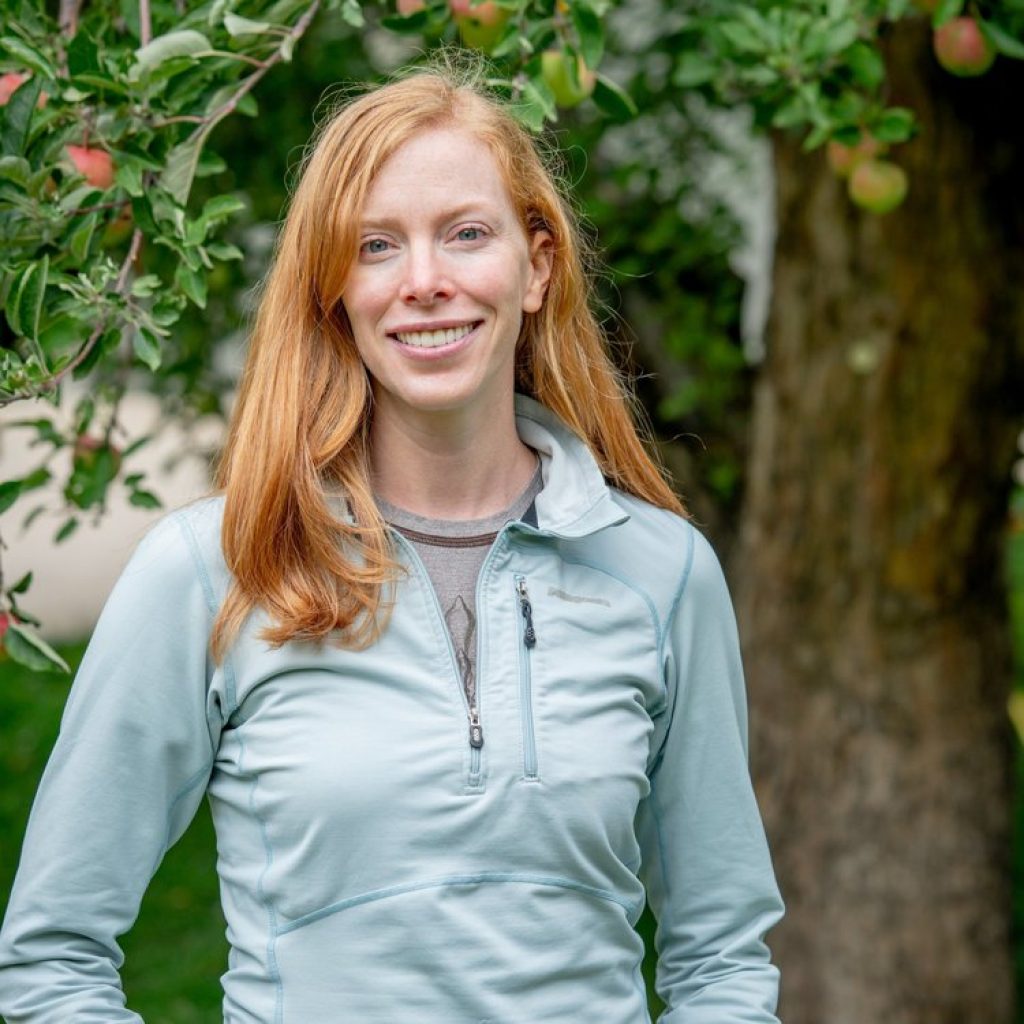
4/3/24 at 4:00pm in Biology 136
Research-based courses have been lauded for involving more students in undergraduate research and providing students with opportunities to achieve positive outcomes that they may not achieve in traditional laboratory settings. One such outcome, which is yet underexplored, is the development of an ability to navigate scientific obstacles both cognitively and emotionally. This outcome is important […]
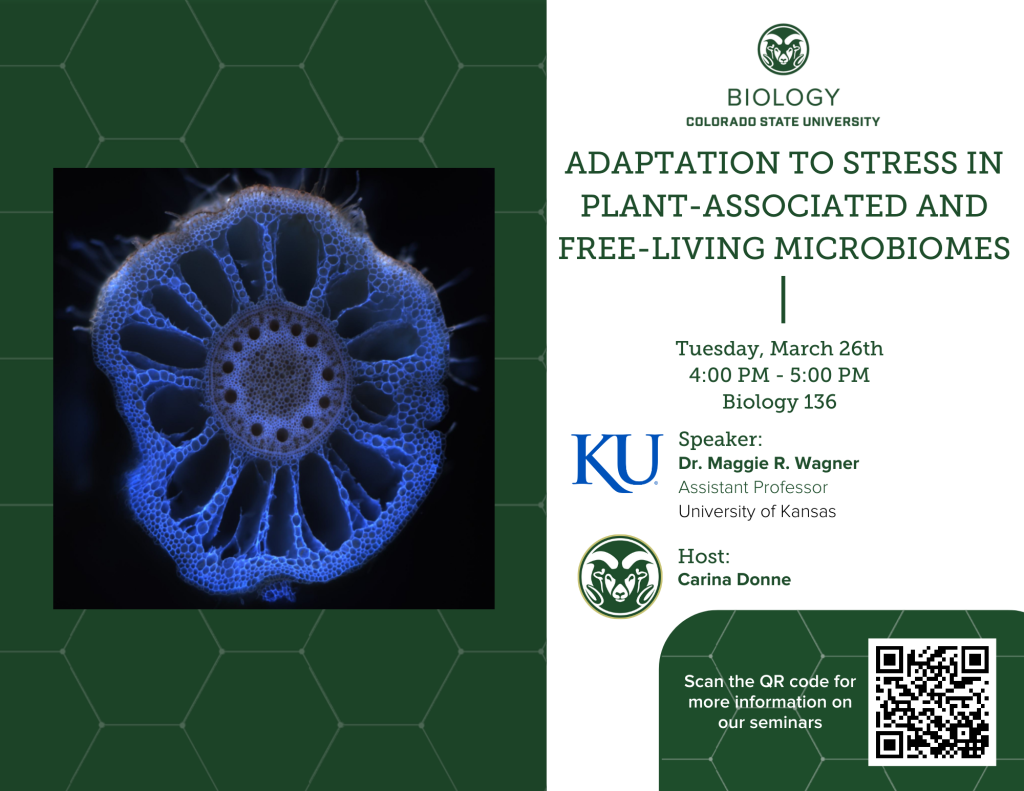
3/26/24 at 4:00pm in Biology 136
Within their shared environment, whether wild or agricultural, plants and their local soil-dwelling microbes often encounter the same abiotic stresses. This creates the a priori expectation that both plants and their associated microbiomes must adapt simultaneously to these stresses. However, we lack clear examples of how adaptation to a shared environmental stressor affects interactions between […]
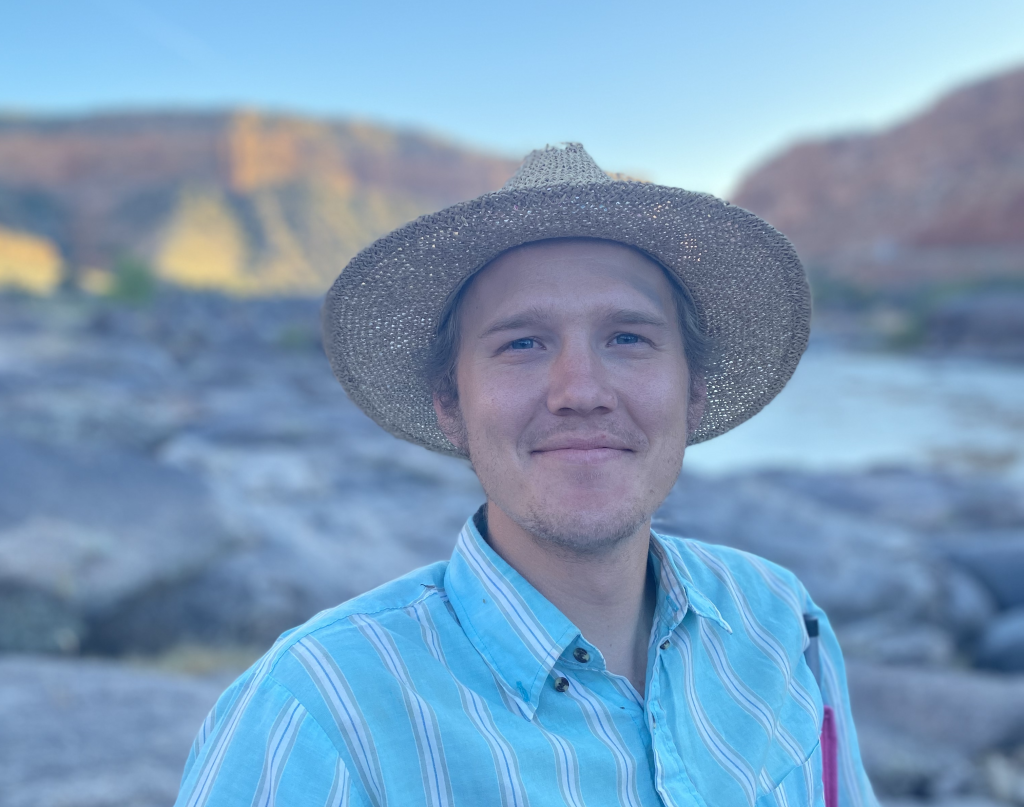
3/21/24 at 8:00 AM in Yates 208


3/5/24 at 4:00pm in Biology 136
The world of academic publishing often feels like a mysterious black box, where the fate of a manuscript hinges on unseen processes and elusive decisions. In this talk, we will shine a light into this realm, sharing experiences and advice from the editorial desk and providing insights for success. Firstly, we will delve into the […]
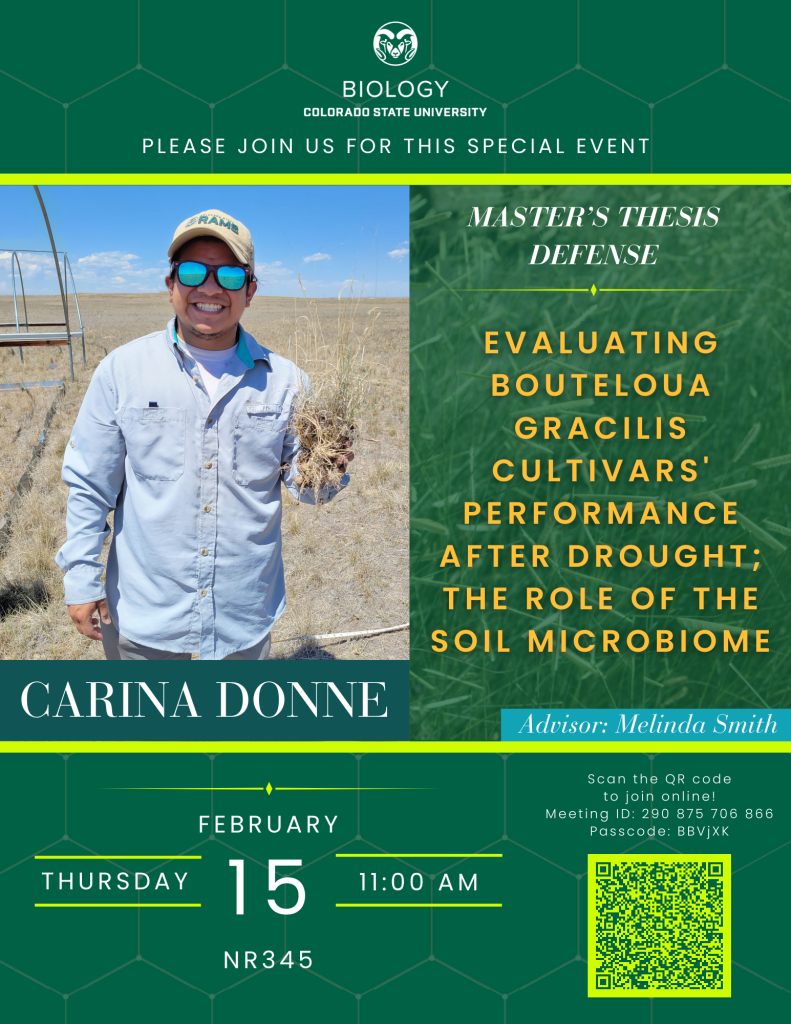
2/15/24 at 11:00 AM in NR345
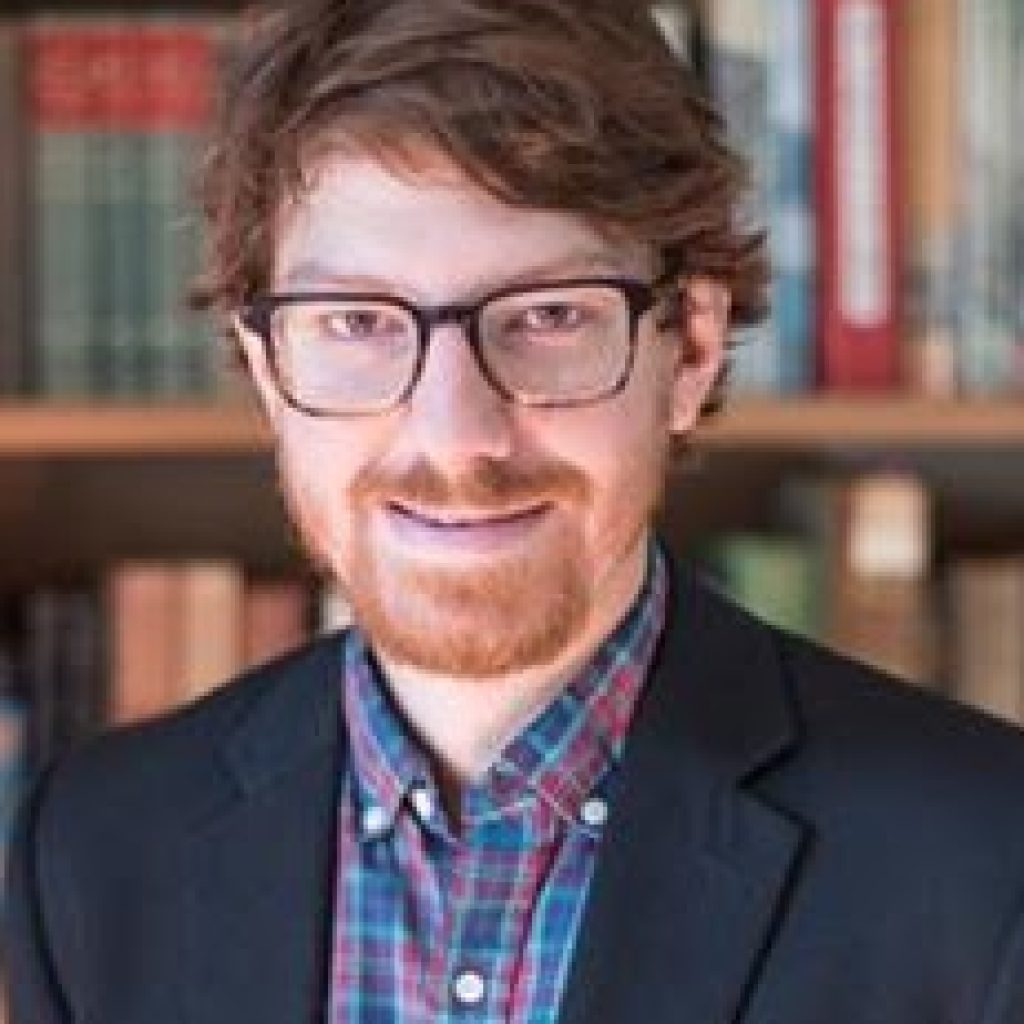
12/6/23 at 4:00pm in Biology 136
In this talk, I use examples from biology to argue against various attempts to justify idealizations by showing that they are harmless distortions of irrelevant features. In response, I argue that idealized models ought to be characterized as holistically (i.e., pervasively) distorted representations. I then suggest that the use of biological models can be justified […]
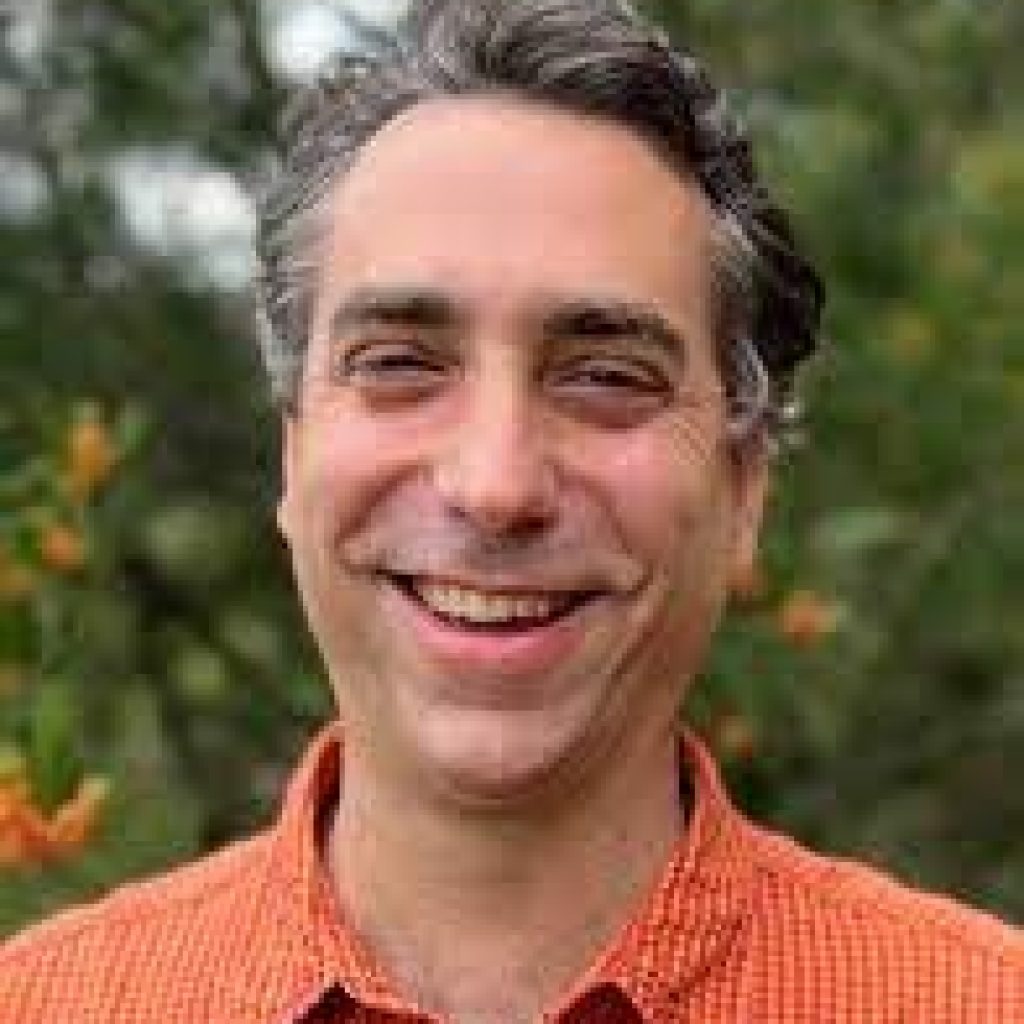
11/28/23 at 4:00pm in Biology 136
Fungi in Mortierellaceae are an ancient lineage of fungi that are dominant in agricultural, forest and alpine soil ecosystems. Mortierellaceae fungi themselves can host bacteria endosymbionts within their living cells. However, the ecological function of Mortierellaceae fungi, and the impact of these endosymbionts on their interactions with plants is still not well understood. In this […]
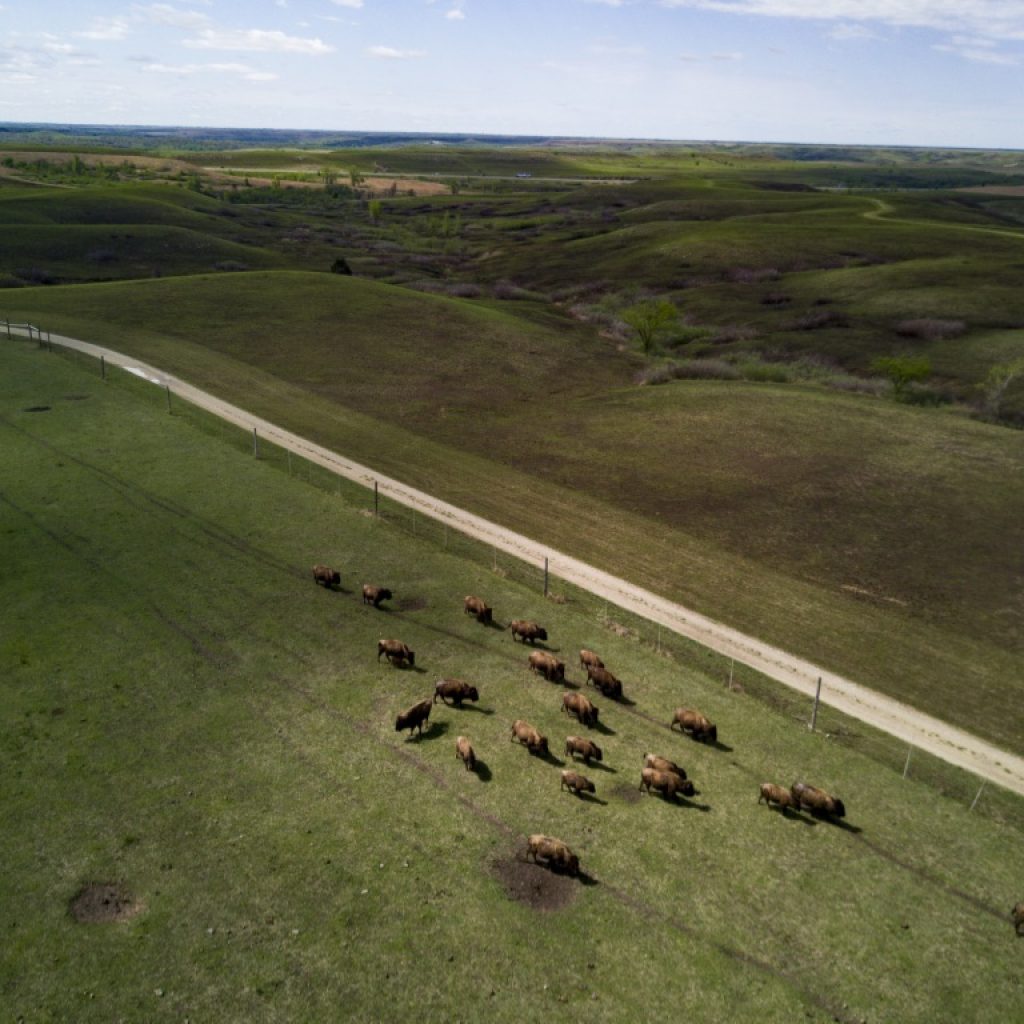
11/14/23 at 4:00pm in Biology 136
Plant communities are continually undergoing change, both through time and in response to external drivers. Here, I will present on two global synthesis projects which explore the dynamics of grass dominated ecosystems. First using a global change experiment database (CoRRE), I will establish how much change is typical from year to year in an unmanipulated […]


10/23/23 at 8:00am in Biology 136
In terms of genome size, humans are ordinary. With an estimated genome size of about 3.2 Gb, Homo sapiens are comparable to other model organisms like mice (~2.5 Gb) and zebrafish (~1.4 Gb). Meanwhile, salamander genomes span an extraordinary range from 10 to 120 Gb. This has many evolutionary implications. For example, a positive correlation […]
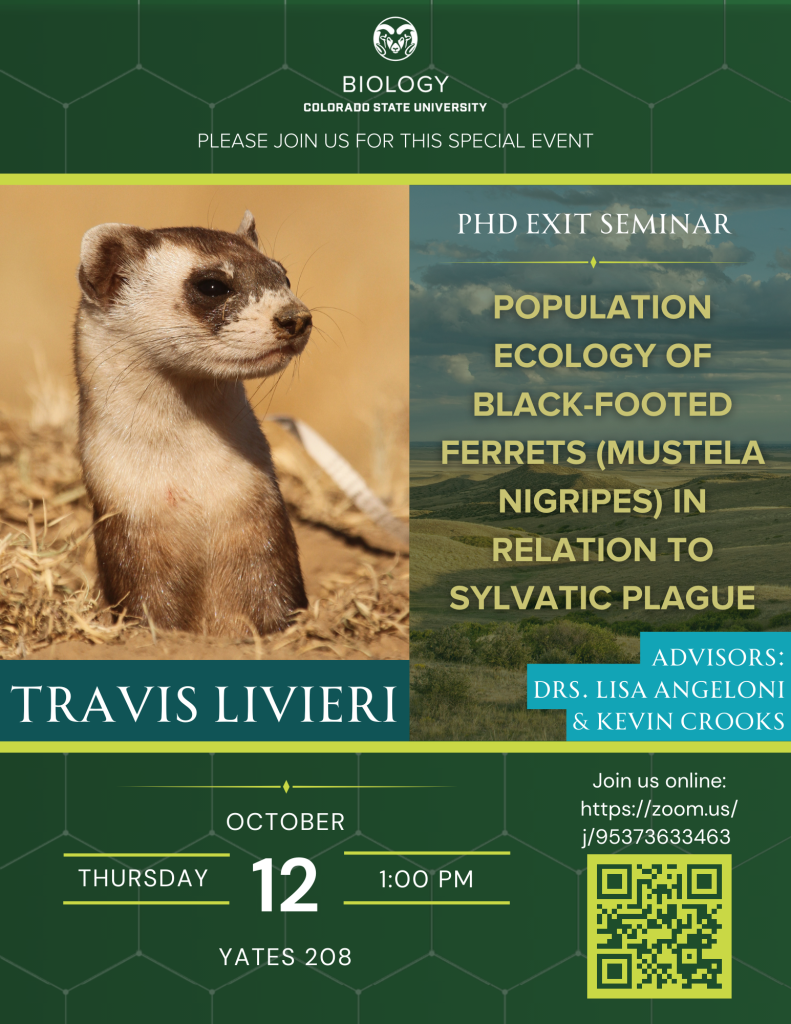
10/12/23 at 1:00pm in Yates 208
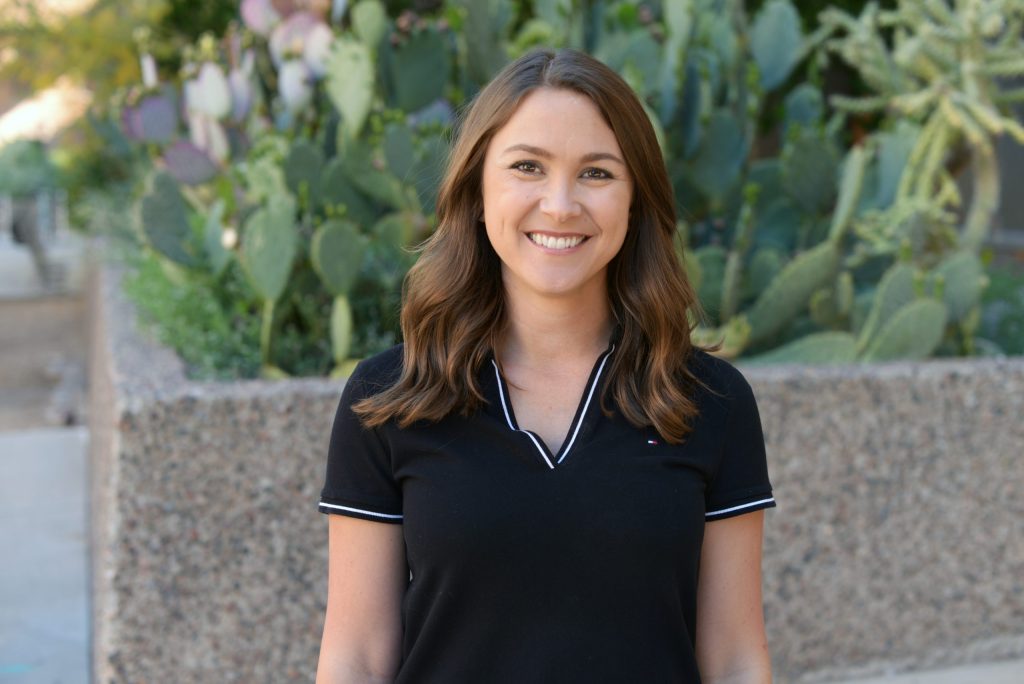
10/10/23 at 4:00pm in Biology 136
In 2018, researchers declared a “graduate student mental health crisis” after finding that graduate students were significantly more likely to report experiencing depression and anxiety compared to their peers in the general population. Calls to create more inclusive graduate programs for students with anxiety and depression followed. However, little research has examined what aspects of […]
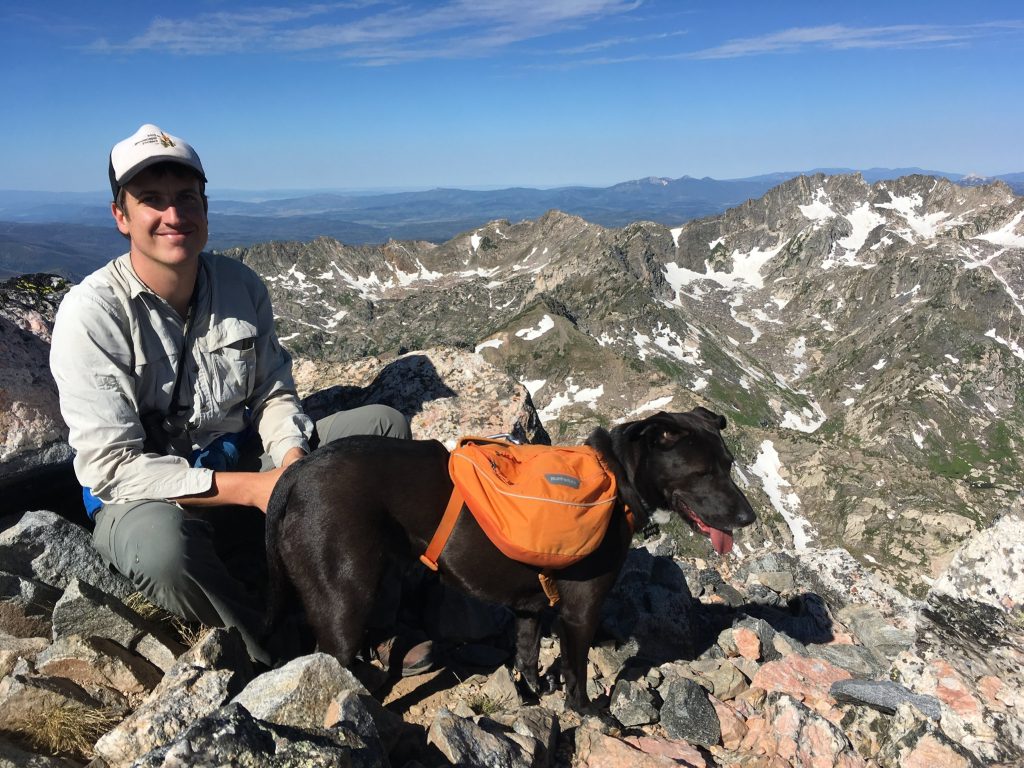
10/9/23 at 9:00am in Yates 206
Global biodiversity loss is one of the foremost concerns of conservation efforts in the 21st century. The maintenance of genetic diversity within species is a critical factor in a species’ persistence and adaptive potential in the face of changing environmental conditions. Migratory species make up more than 12% of the global vertebrate biodiversity and pose […]


9/14/23 at 9:00am in Bio 133
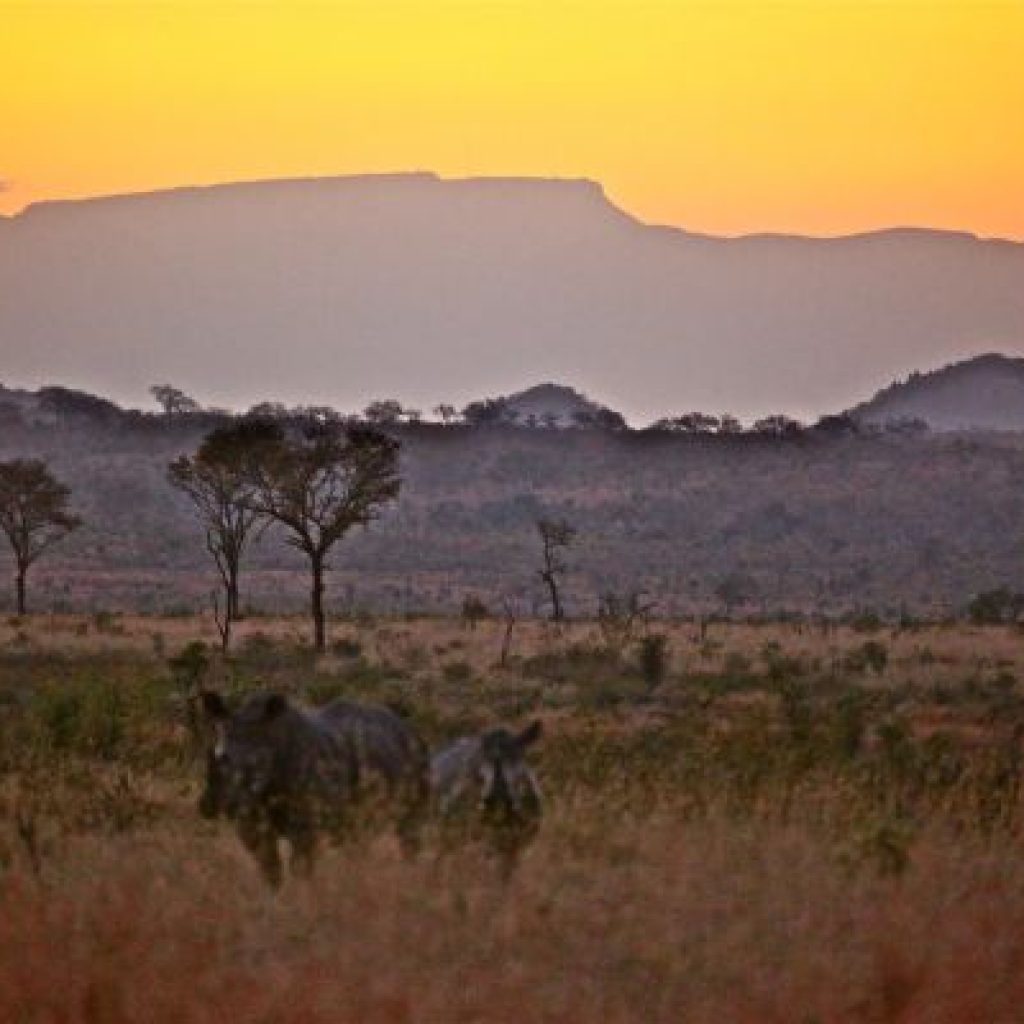
9/13/23 at 4:00pm in Biology 136
Savannas are a ‘battleground’ between two contrasting life forms, C3 trees and C4 grasses, with each side keeping the other in check. However, over the last few decades, the balance between grasses and trees has been tipping in favour of trees in savannas across the world, with negative impacts on biodiversity and a range of […]

8/17/23 at 10:00am in Biology 136

6/30/23 at 10:00am in Bio 136


4/18/23 at 4:00pm in Bio 136
Aerobic performance is tied to fitness as it influences an animal’s ability to find food, escape predators, or survive extreme conditions. At high altitude, where low oxygen availability and cold prevail, maximum metabolic heat production (thermogenesis) is an aerobic performance trait that is intimately linked to survival. In this seminar, I discuss the evolution of thermogenic […]

4/12/23 at 4:00pm in Bio 136
Majority of life forms on Earth are built on carbon, and the exchange of carbon between the biosphere and atmosphere is the fundamental biogeochemical cycle driving Earth’s rich biological activities. Coincidently, excessive carbon in atmosphere is also a major source responsible for today’s biggest environmental issue, i.e., climate change. Therefore, a key global effort in […]

4/4/23 at 4:00pm in Bio 136
Grasses are a highly successful family of plants (Poaceae) with > 11,000 species worldwide. They are the dominant growth form of grasslands, which cover 52 million km², or roughly 40% of Earth’s terrestrial land surface, and make a substantial contribution to the terrestrial carbon sink. Humans are heavily dependent on grasses for food (e.g. cereal […]

3/22/23 at 12:00pm in Clark A103
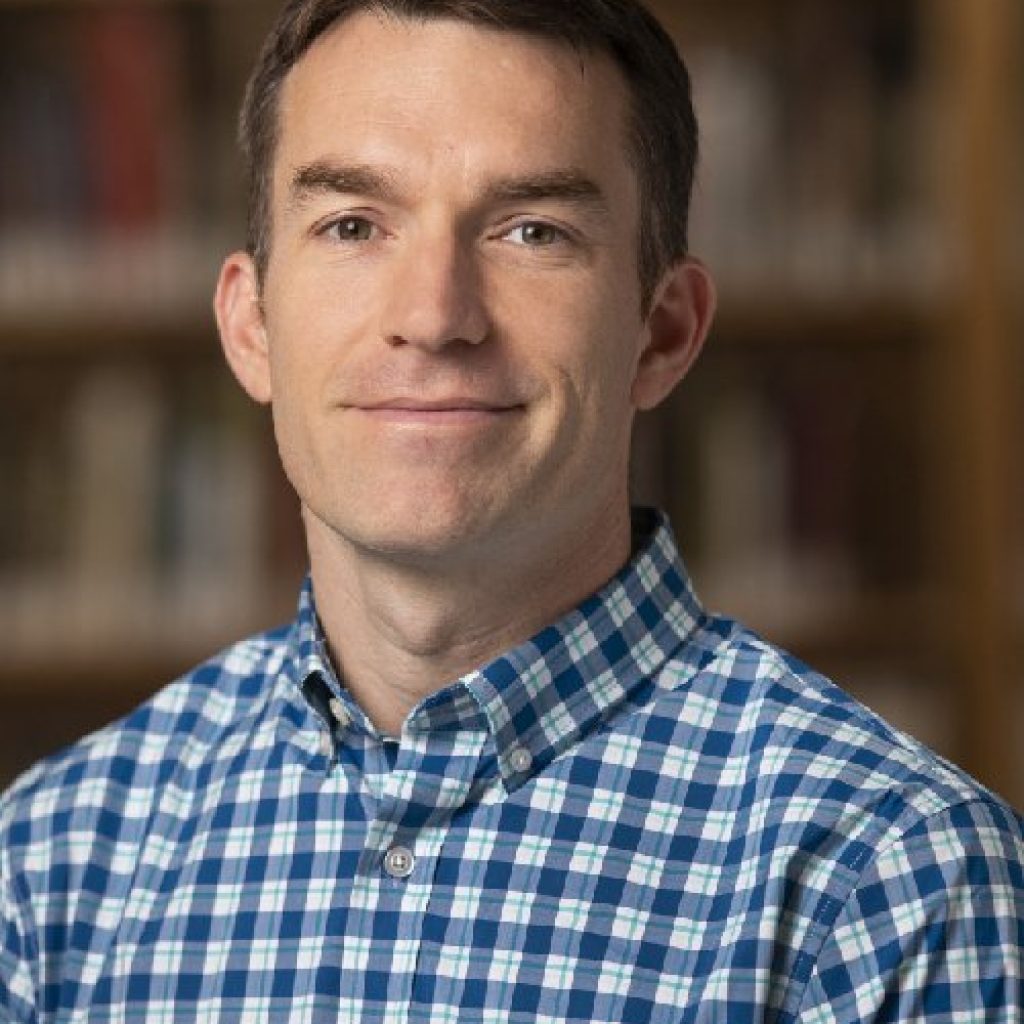
3/21/23 at 4:00pm in Bio 136

3/21/23 at 2:00pm in Yates 306

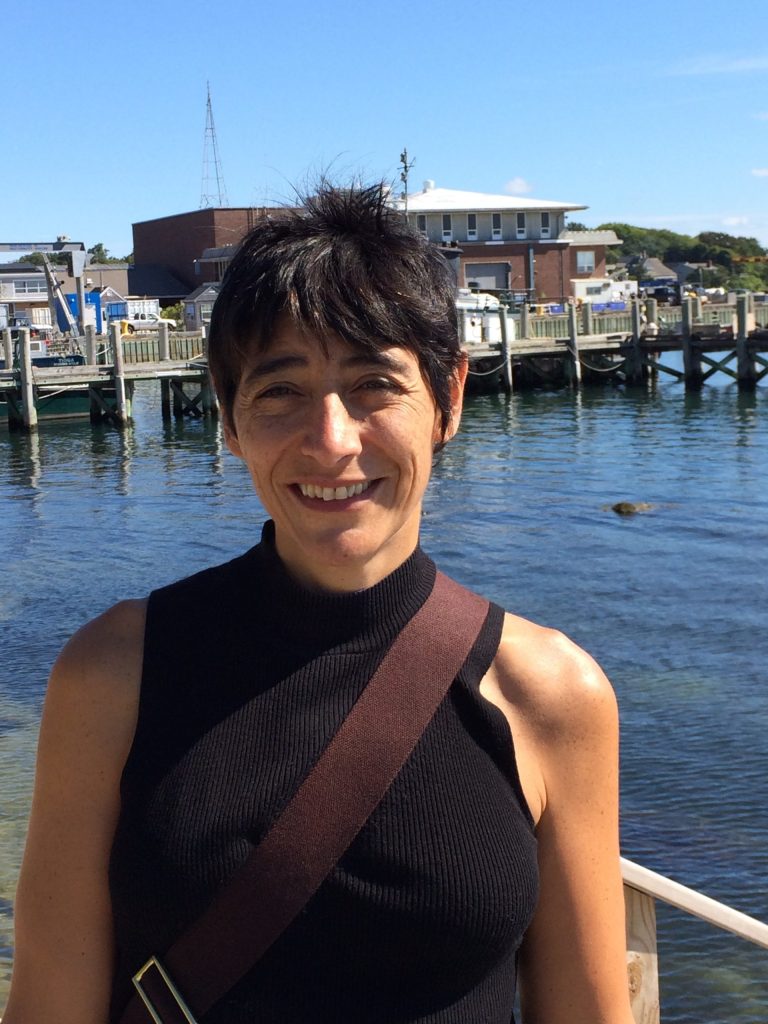
2/7/23 at 4:00pm in Bio 136
Many functional RNAs depend on particular 3D structures. A long tradition of computational methods aims to infer RNA secondary structure (that is, the collection of base pairs) from sequence. However, essentially any sequence can be folded into a plausible structure. To distinguish RNA sequences that have biologically relevant structures from those that do not, additional […]
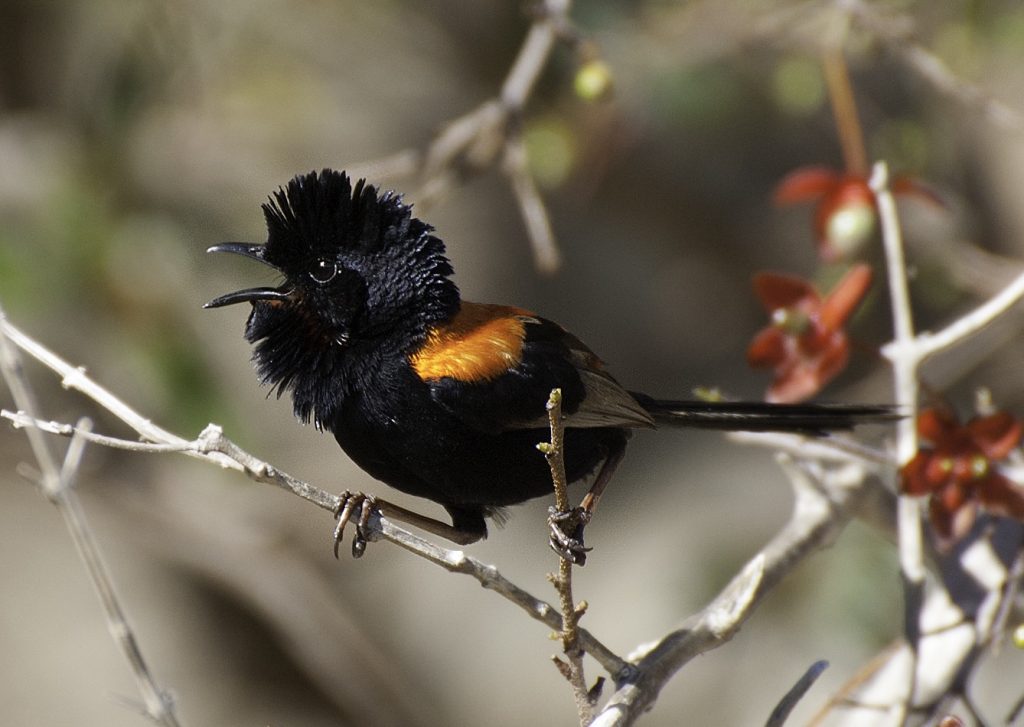
10/25/22 at 4:00pm in Bio 136
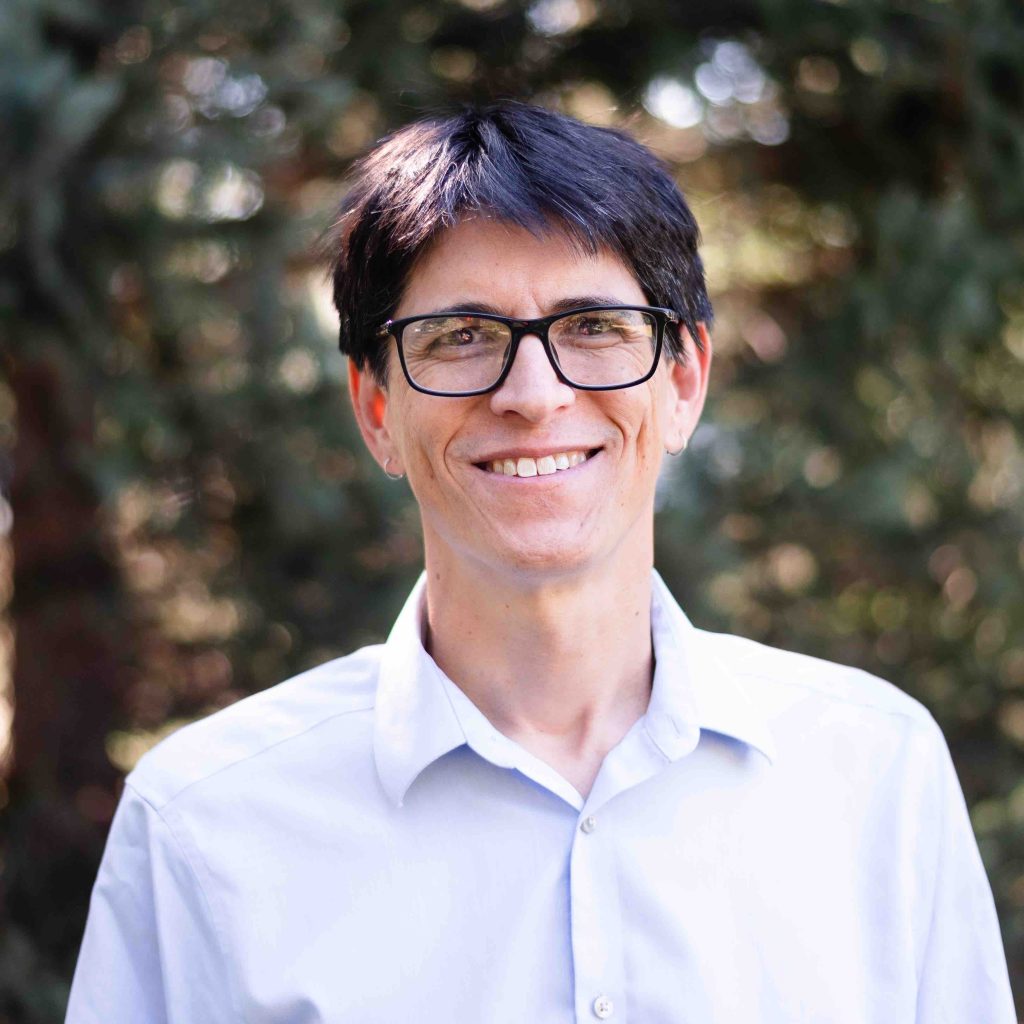
10/12/22 at 4:00pm in Bio 136
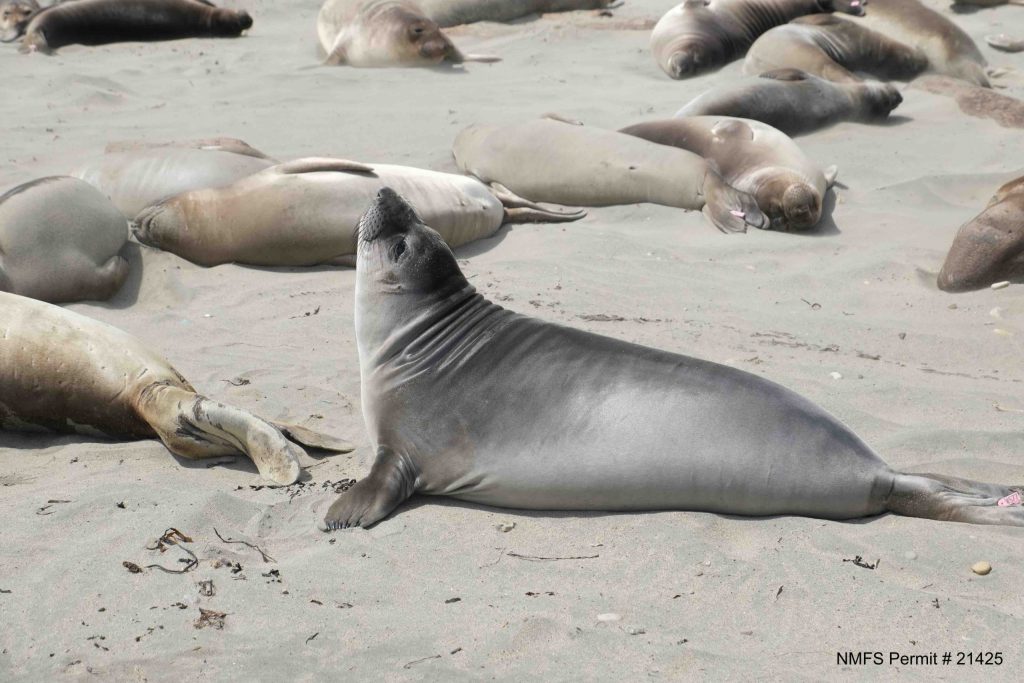
10/11/22 at 4:00pm in Bio 136

10/4/22 at 4:00pm in Bio 136

9/28/22 at 4:00pm in Bio 136

9/27/22 at 4:00pm in Bio 136

9/13/22 at 4:00PM in Bio 136
We are living in a time of unprecedented advances in biotechnology in the fields of medicine and agriculture. At Revive & Restore, we believe that biotechnology can also create opportunities for solving some of wildlife conservation’s most challenging problems, including genetic bottlenecks, wildlife diseases, climate change, and invasive species. While the term “genetic rescue” has […]
4/19/22 at 4:00pm in Bio 136
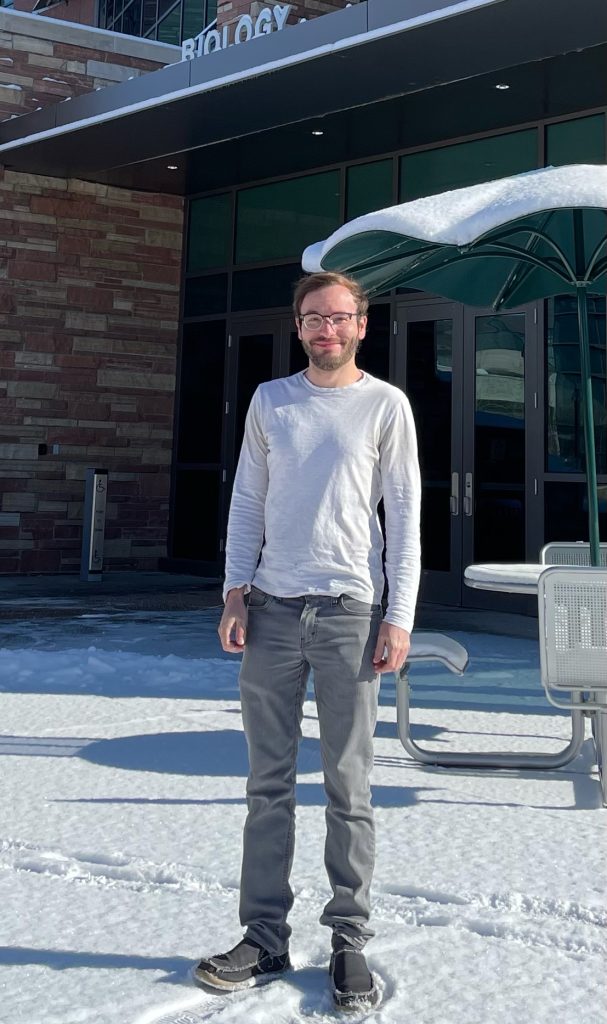
3/1/22 at 4:00pm in Bio 136
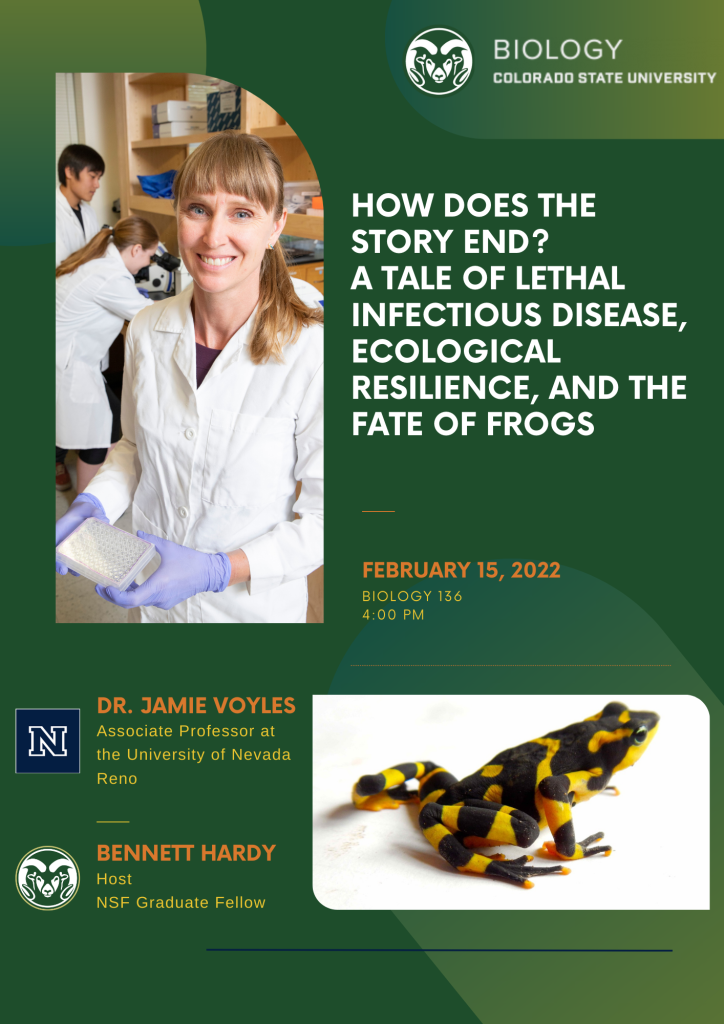
2/15/22 at 4:00pm in 136
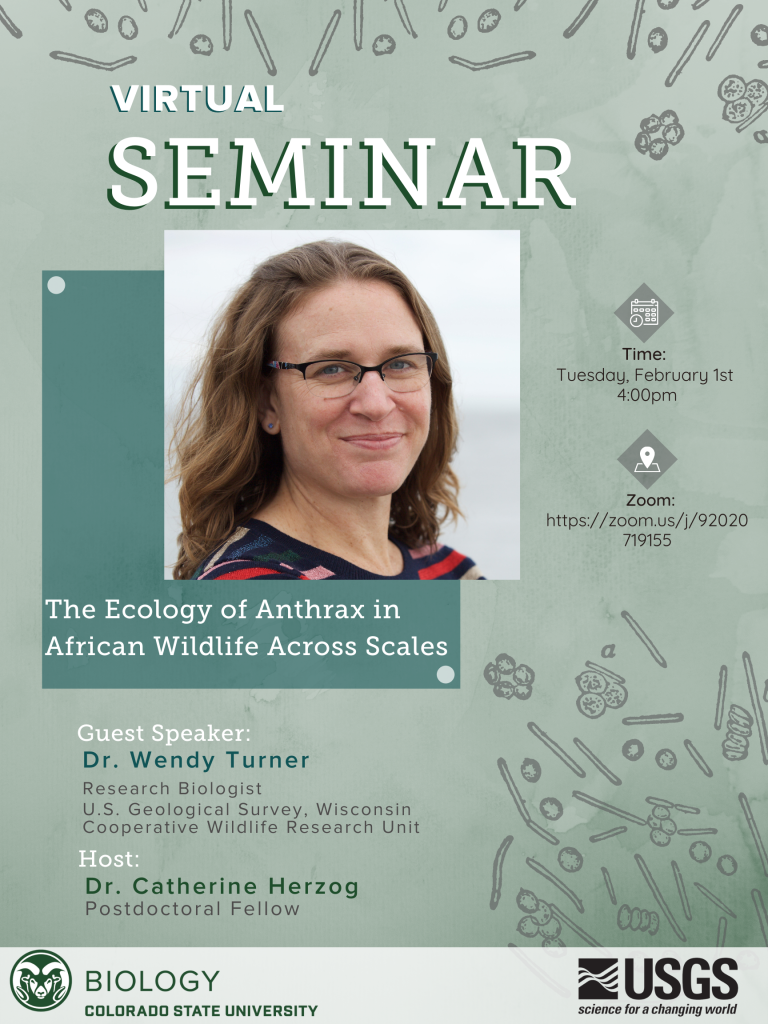
2/1/22 at 4:00pm in Zoom
Topic: The Ecology of Anthrax in African Wildlife Across Scales Time: Feb 1, 2022 04:00 PM Mountain Time (US and Canada) Join Zoom Meeting https://zoom.us/j/92020719155 Meeting ID: 920 2071 9155 Join by SIP 92020719155@zoomcrc.com Join by H.323 162.255.37.11 (US West) 162.255.36.11 (US East) 115.114.131.7 (India Mumbai) 115.114.115.7 (India Hyderabad) 213.19.144.110 (Amsterdam Netherlands) 213.244.140.110 (Germany) 103.122.166.55 […]
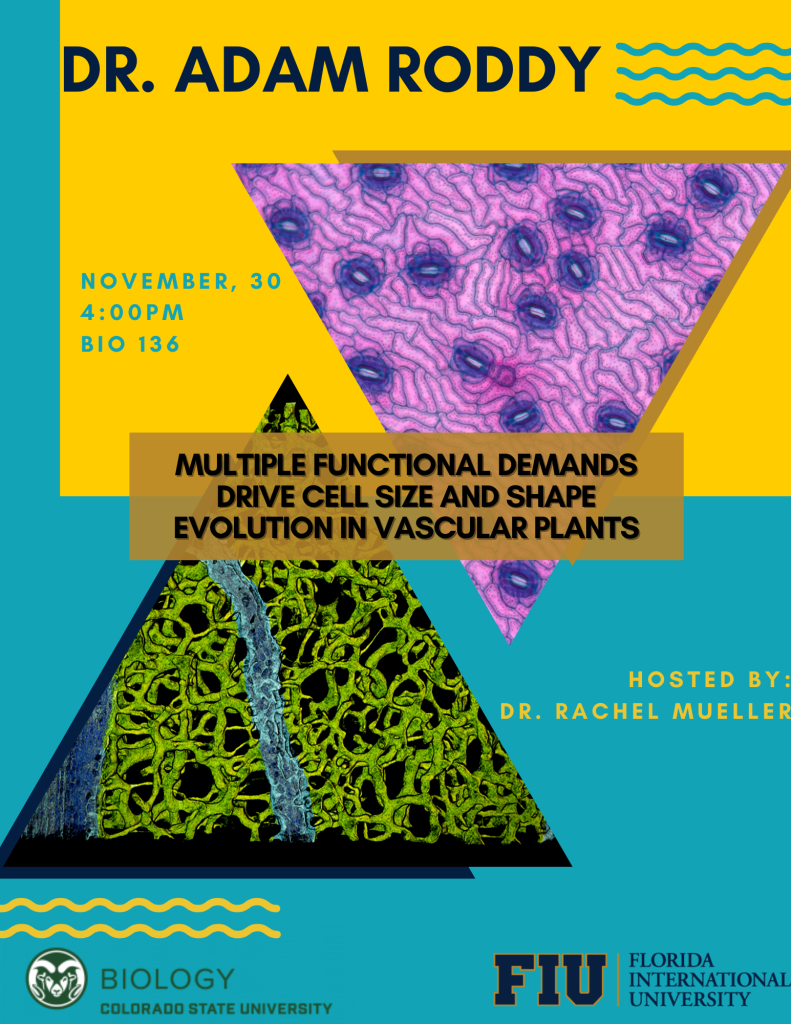
11/30/21 at 4:00pm in 136
Cell size varies orders of magnitude across vascular plants. Because of its impacts on tissue structure, cell size is of central importance to tissue, organ, and whole-plant function. Here I will discuss recent work characterizing the factors driving cell size evolution, the fundamental biophysical constraints on cell size, and how selection along multiple functional dimensions can modulate cell size. These studies highlight that while genome size fundamentally limits minimum cell sizes and maximum cell packing densities, different functional demands (e.g. in different ecological settings, or in different organs, such as leaves and flowers) can drive the evolution of various combinations of cell sizes and shapes, allowing for many phenotypic solutions. Together these results suggest that diverse phenotypes can be generated from relatively simple developmental processes.
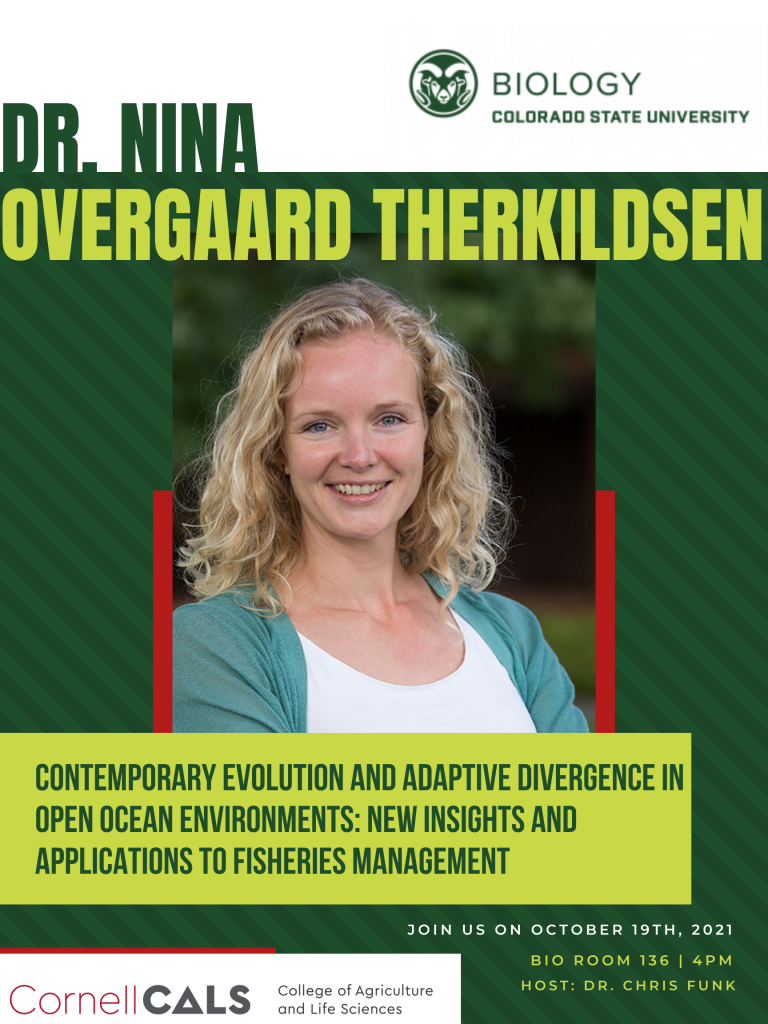
10/19/21 at 4:00pm in Bio 136
Contemporary Evolution and Adaptive Divergence in Open Ocean Environments: New Insights and Applications to Fisheries Management
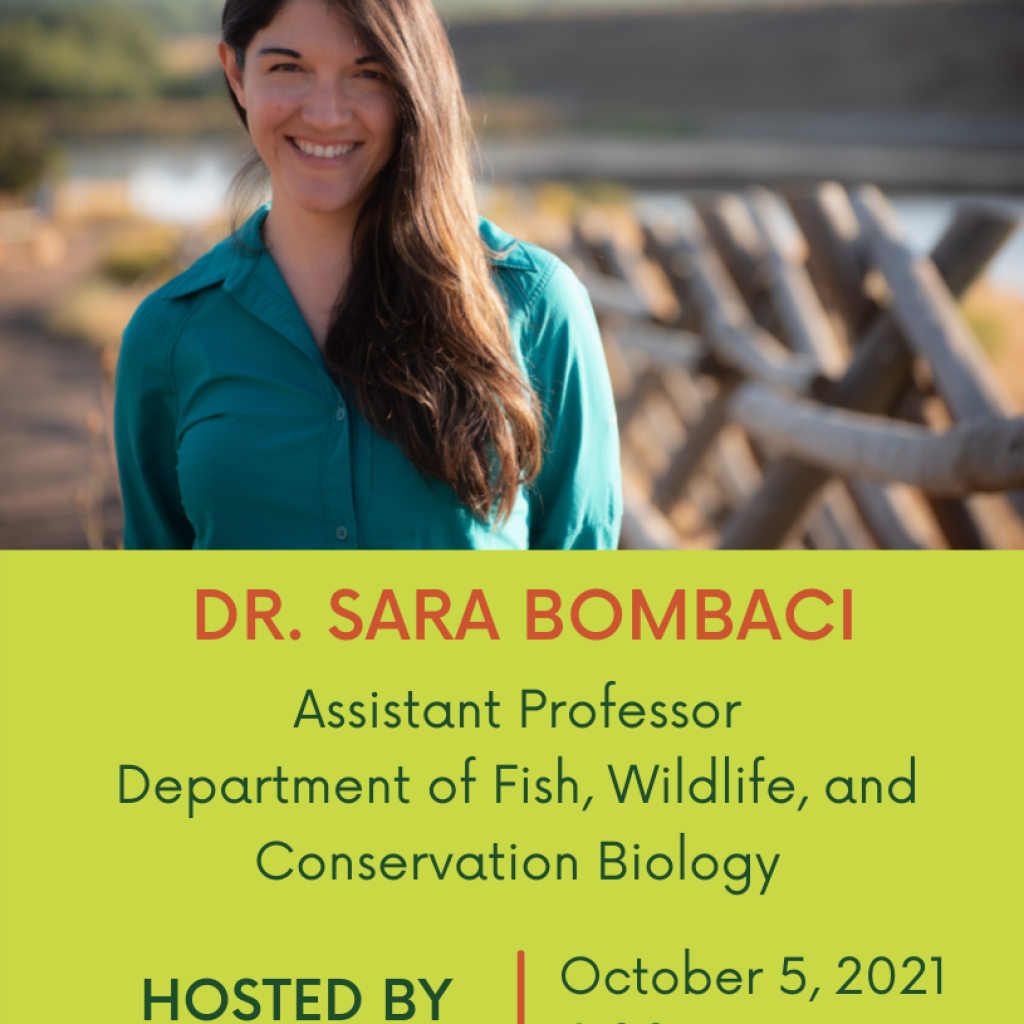
10/5/21 at 4:00 pm in Bio 136
A diversity of knowledge, experiences, and identities is essential for academic excellence, and a growing body of literature demonstrates that inclusion of diverse groups in science and other fields increases creativity, innovation, and productivity. These benefits emerge because diverse teams do not exclude the ideas of a large portion of the population, and thus the research or products produced by such teams can be more relevant to society. Yet, the scientific community does not reflect the demographics of the broader public. Many factors limit certain groups from participating in the scientific enterprise and addressing such barriers to the inclusion of diverse voices and perspectives has become a priority across STEM disciplines. Here, I share highlights from my team’s growing body of research on advancing justice, equity, diversity, and inclusion in STEM, and discuss how our findings can be used to advocate for transformative and equitable institutional change.
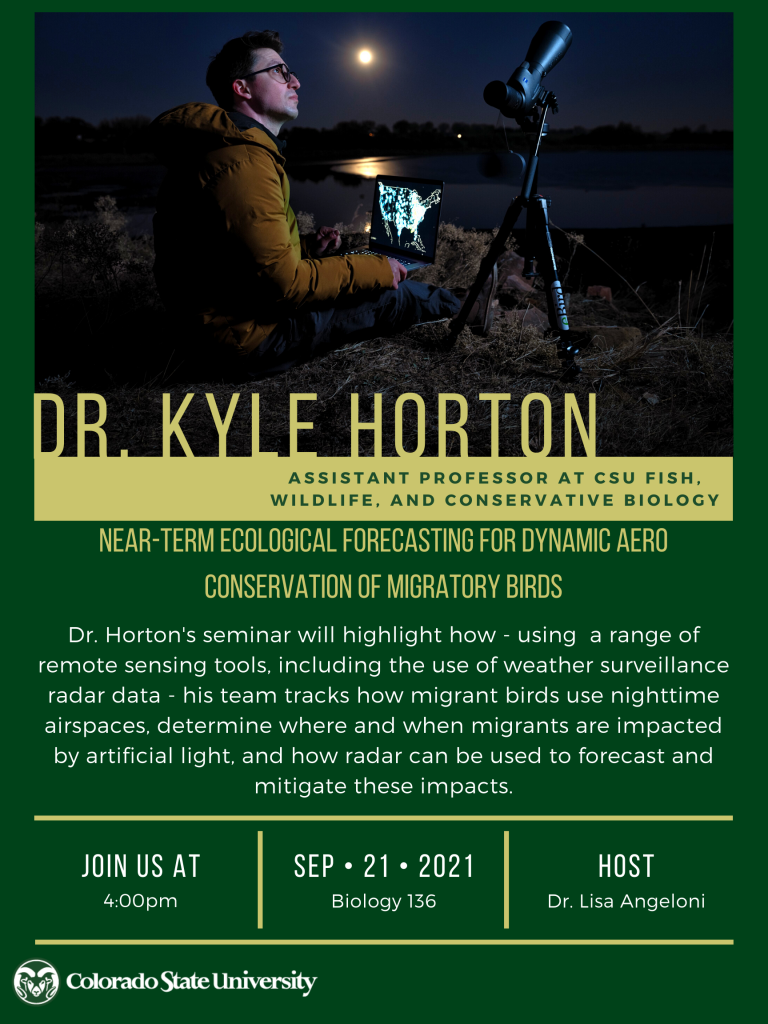
9/21/21 at 4:00pm in 136
Dr. Kyle Horton is an assistant professor at Colorado State University in the Department of Fish, Wildlife, and Conservation. His lab studies migratory birds and employs a range of remote sensing tools, including the use of weather surveillance radar data. His seminar will highlight his team’s work uniting these pieces of information to better understand […]

8/31/21 at 4:00pm in 136
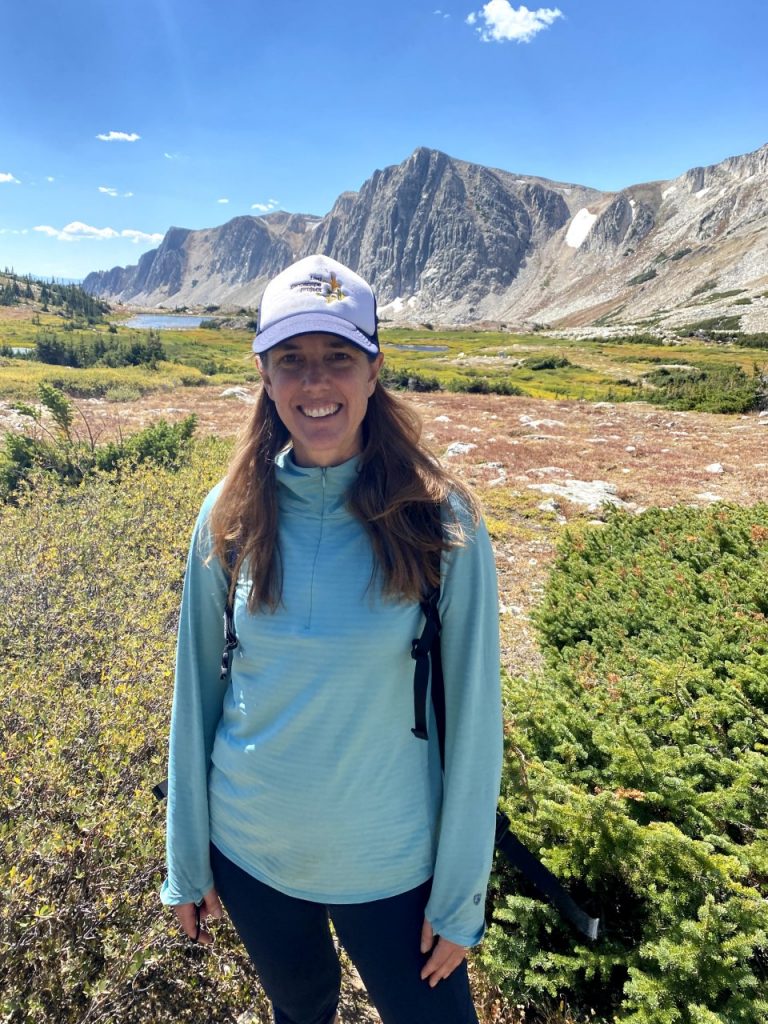
10/13/20 at 4:00 PM in Zoom
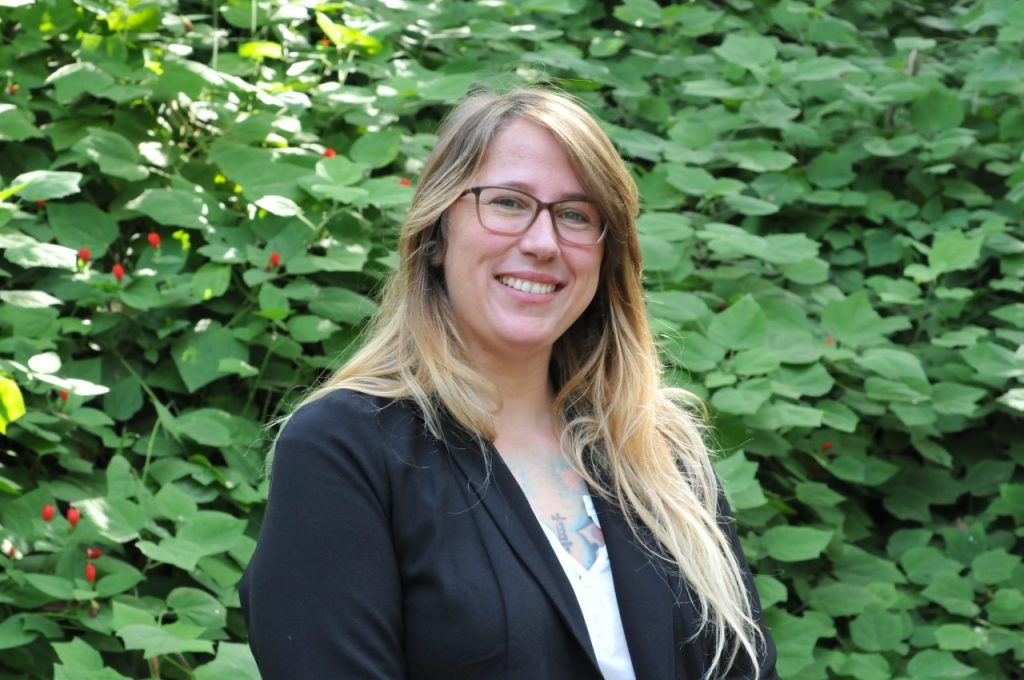
9/8/20 at 4:00 PM in Zoom
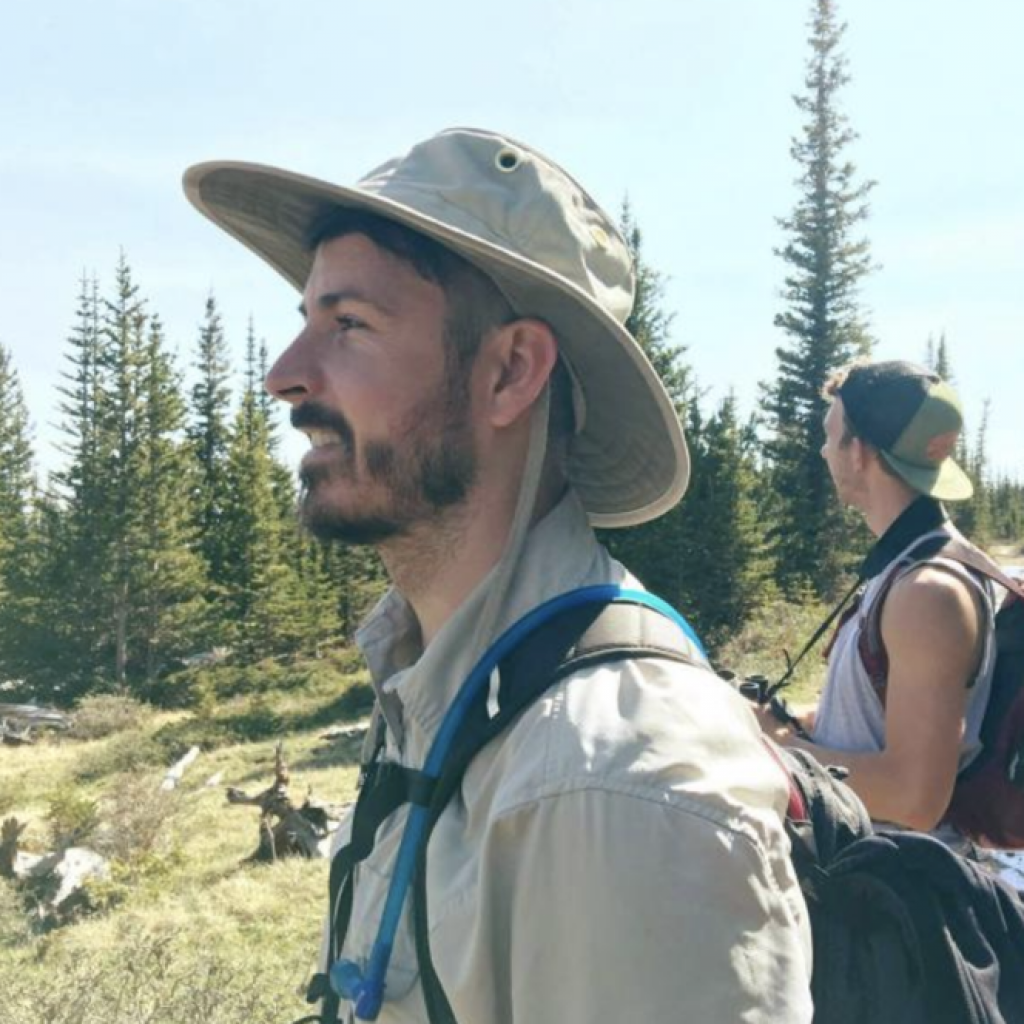
2/4/20 at 4:00 PM in Biology Building, Room 136
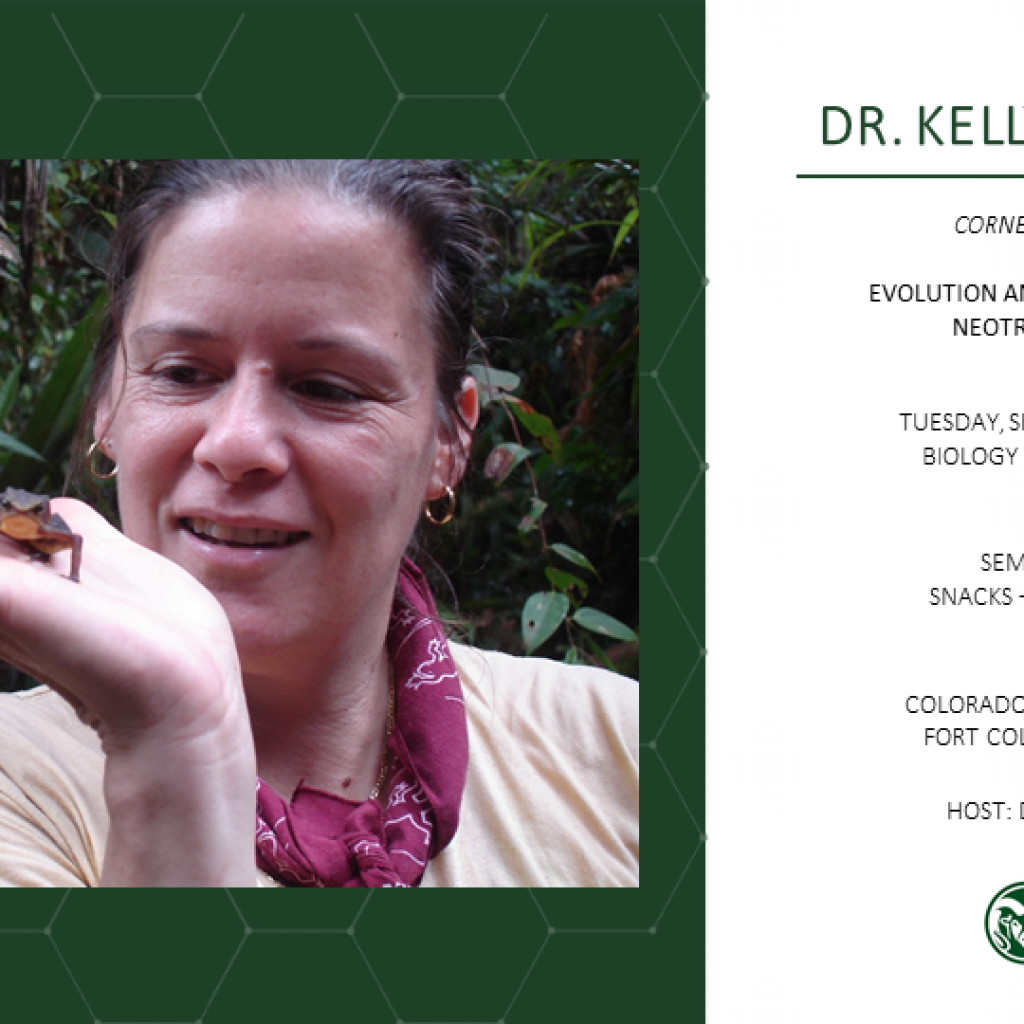
9/24/19 at 4:00 PM in Biology Building, Room 136
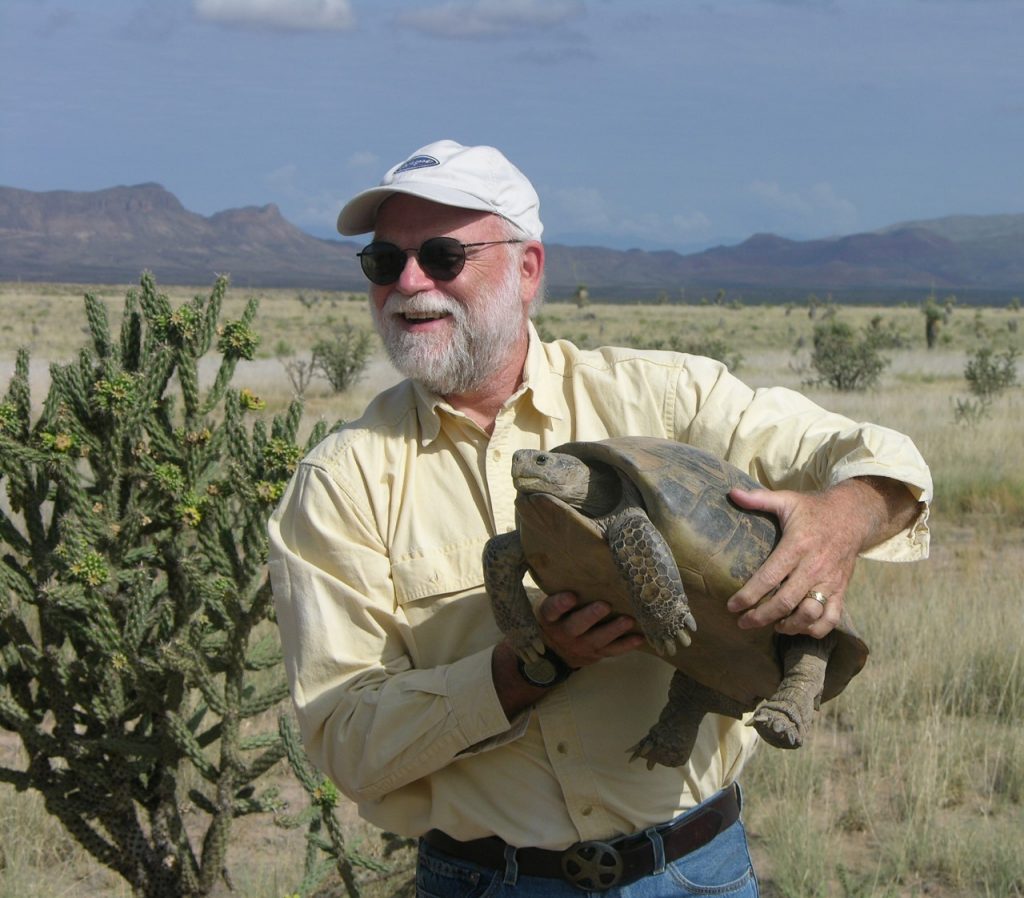
9/18/19 at 4:00 PM in Biology Building, Room 136
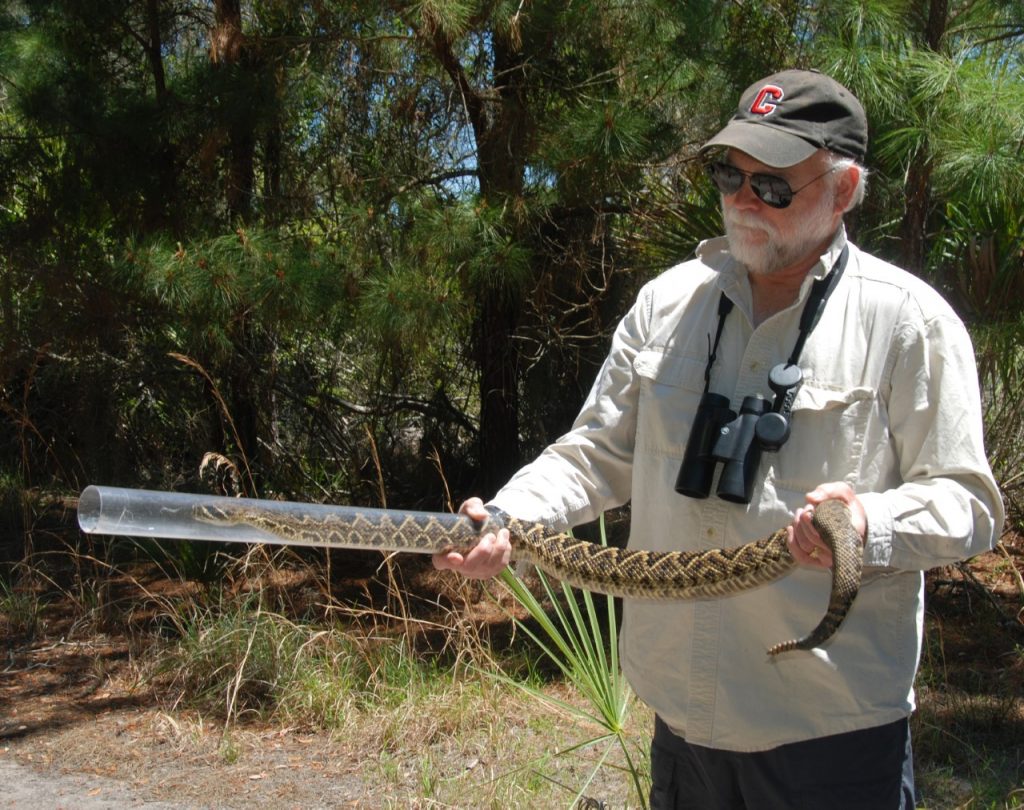
9/17/19 at 4:00 PM in Biology Building, Room 136
5/10/19 at 12:00 PM in Biology Building, Room 136
4/30/19 at 4:00 PM in Biology Building, Room 136
In the past decade, virologists have revealed a novel arm of intracellular, cell-autonomous immunity that mammalian cells mount against a variety of viral infections. In collaboration with colleagues Michael Emerman and Adam Geballe, we have used an evolutionary approach that identifies potential antiviral genes based on evolutionary signatures: higher than expected rates of amino acid […]
4/2/19 at 4:00 PM in Biology Building, Room 136
Plants are sessile life forms and cannot escape from adverse environmental conditions. Therefore, they have evolved a myriad of molecular pathways that aid in sensing and responding to a broad variety of stress signals. These stress signals appear on very different time scales forcing the cell to respond accordingly. My lab focuses on understanding the […]
3/12/19 at 4:00 PM in Biology Building, Room 136
Photosynthetic microorganisms, and especially cyanobacteria, hold great promise as cell factories for sustainable production of bulk and specialty chemicals as well as nutritional compounds. While these organisms may be more difficult to work with as “chassis” strains for synthetic biology than certain heterotrophs, the unique advantages of autotrophs in biotechnology applications as well as the […]
3/7/19 at 4:00 PM in Biology Building, Room 136
3/5/19 at 4:00 PM in Biology Building, Room 136
2/8/19 at 12:00 PM in Biology Building, Room 136
1/23/19 at 4:00 PM in Biology Building, Room 136
12/4/18 at 4:00 PM in Biology Building, Room 136
11/28/18 at 12:00 PM in Yates 208
10/23/18 at 4:00 PM in Biology Building, Room 136
10/17/18 at 4:00 PM in Biology Building, Room 136
10/9/18 at 4:00 PM in Biology Building, Room 136
9/25/18 at 4:00 PM in Biology Building, Room 136
9/11/18 at 4:00 PM in Biology Building, Room 136
8/28/18 at 4:00 PM in Biology Building, Room 136
5/8/18 at 2:00 PM in Biology Auditorium 136
5/3/18 at 12:30 PM in Yates 206
5/2/18 at 4:00 PM in Biology Auditorium 136
4/24/18 at 4:00 PM in Biology Auditorium 136
4/10/18 at 4:00 PM in Biology Auditorium 136
4/3/18 at 4:00 PM in Biology Auditorium 136
3/27/18 at 4:00 PM in Biology Auditorium 136
3/20/18 at 4:00 PM in Biology Auditorium 136
An organism’s choice to reproduce with or without sex has long puzzled evolutionary biologists. Apomixis, a natural form of reproduction in plants whereby seeds are produced asexually, has evolved repeatedly from sexual ancestors in many taxa. Apomixis is of interest on a number of levels, ranging from population genetics to evolution, but also from an […]
2/20/18 at 4:00 PM in Biology Auditorium 136
Deep in the mangroves of Florida, the Caribbean and Central America, there’s a fish that defies all odds and exhibits some truly remarkable characteristics. Mangrove rivulus fish live in some of the nastiest conditions on Earth and can tolerate dramatic fluctuations in oxygen levels, salinity, temperature, and water availability, as well as infiltration of pollutants […]
2/6/18 at 4:00 PM in Biology Auditorium 136
1/30/18 at 4:00 PM in Biology Auditorium 136
The hallmark of life on earth is morphological diversity, which is represented in the spectacular sexually dimorphic and polymorphic wing patterns of butterflies. I will address the evolutionary patterns and ecological processes that govern diversification in well-defined mimetic communities called mimicry rings. I will show how phylogenetic conservatism and convergence shape the evolutionary dynamics of […]
1/16/18 at 4:00 PM in Biology Auditorium 136
11/13/17 at 4:00 PM in Lory Student Center, Grey Rock Room
For far too long, the consumer has been left out of modern breeding programs. We are trying to change that paradigm by starting with the consumer, asking what they want, understanding the genetics controlling the traits that make a difference to them, and then getting those traits into commercial cultivars. Our model system is tomato, […]
11/8/17 at 4:00 PM in Biology Auditorium 136
Biological diversity is not evenly distributed around the globe. Understanding the causes of high endemicity and diversity, as well as the maintenance of that diversity, is crucial for effective conservation management strategies. My main research line focuses on understanding aspects of history and geography that can shape the evolution and distribution of insular (isolated) lineages, both […]
10/24/17 at 4:00 PM in Biology Auditorium 136
Animals are profoundly dependent on aerobic ATP generation by mitochondria, and thus the functional properties of this key cellular organelle play an important role in determining organismal performance and fitness in the context of a changing environment. In addition, because of the endosymbiotic origin of the mitochondrion, any adjustments to mitochondrial function necessarily involve tight […]
10/18/17 at 4:00 PM in Biology Auditorium 136
The consequence of gene flow for local adaptation and fitness is a fundamental, yet unresolved, problem in evolutionary ecology and conservation biology. On the one hand, gene flow may introduce maladaptive alleles into a population, thereby reducing fitness. On the other hand, gene flow can add genetic variation to small, inbred populations, increasing fitness through […]
10/11/17 at 4:00 PM in Biology Auditorium 136
10/4/17 at 4:00 PM in Biology Auditorium 136
9/26/17 at 4:00 PM in Biology Auditorium 136
WHAT DETERMINES THE GRADIENT IN BIRD SPECIES DIVERSITY ACROSS THE HIMALAYAS? Why are more species found in tropical than temperate regions? Explanations may be broadly divided into those rooted in history or in present day conditions. I describe our research on this issue, which uses birds of the Himalayas as a model system, and new […]
9/19/17 at 4:00 PM in Biology Auditorium 136
PDF Flyer
9/12/17 at 4:00 PM in Biology Auditorium 136
What does behavioral variation among individuals and behavioral plasticity look like at the molecular level? In this talk I will present two cases studies illustrating some of the complexities, nuances, and opportunities for studying variation and plasticity in behavior at the molecular level in threespined sticklebacks, a species famous for its behavioral repertoire and evolution. […]
9/5/17 at 4:00 PM in Biology Auditorium 136
HIDE AND SEEK IN THE OPEN SEA: PELAGIC CAMOUFLAGE AND VISUAL COUNTERMEASURES Camouflage is exceptionally challenging in pelagic environments, due to their featureless nature. Thus, it is perhaps no surprise that pelagic species have evolved highly sophisticated cryptic strategies, three of which – transparency, mirrors, and counterillumination – are rare or absent in all other […]
8/29/17 at 4:00 PM in Biology Auditorium 136
Increasing surface temperatures, arctic sea ice loss, and other evidence of anthropogenic global warming (AGW) are acknowledged by every major scientific organization on Earth. However, there is a wide gap between the scientific consensus and public opinion. Internet blogs and online sources have strongly contributed to this consensus gap by fomenting misunderstandings of AGW causes and consequences. Polar bears (Ursus maritimus) have become a “poster species” for […]
4/26/17 at 4:00 PM in Yates 206
Reaction rates in biological systems are strongly controlled by temperature, yet the degree to which temperature sensitivity varies for different enzymes and microorganisms is being largely reformulated. The Arrhenius equation is the most commonly used model over the last century that predicts reaction rate response with temperature. However, the Arrhenius equation does not account for […]
4/18/17 at 4:00 PM in Anatomy/Zoology Building W118
4/12/17 at 4:00 PM in Yates 206
Policy to address human-wildlife conflict is often controversial and developing policy to mitigate these conflicts is increasingly important and often driven by both societal and biological factors. Yet the interaction between societal and biological drivers and the relative contribution of these to environmental policy remains understudied. Understanding these interactions requires both investigation of the latent […]
4/4/17 at 4:00 PM in Anatomy/Zoology Building W118
Both phenotypic plasticity and genotypic specialization can contribute to differences in physiological performance in species that are locally adapted to different environments. However, their relative contributions are expected to vary with respect to the spatial and temporal grain of environmental variation. In species that are distributed across steep elevational gradients, environmental conditions change dramatically over […]
2/21/17 at 4:00 PM in Anatomy/Zoology Building W118
2/15/17 at 4:00 PM in Anatomy/Zoology Building E112
2/7/17 at 4:00 PM in Anatomy/Zoology Building W118
1/31/17 at 4:00 PM in Anatomy/Zoology Building W118
The union of an archaeon and a proteobacterium at the origin of eukaryotic cell was a transformative event in the history of Earth that made evolution of complex life possible. Mitochondria are the most recognizable vestige of that event as they are semi-autonomous organelles with their own genome. Although the primary function of mitochondria – […]
1/24/17 at 4:00 PM in Anatomy/Zoology Building W118
Although cancer rarely acts as an infectious disease, a recently emerged transmissible cancer threatens the persistence of Tasmanian devils (Sarcophilus harrisii). Devil facial tumor disease (DFTD) has swept across nearly the entire species range, causing a population decline of 80 percent in just 20 years. Using high-throughput genomic sequencing approaches, we have detected evidence for rapid […]
12/19/16 at 1:00 PM in Anatomy/Zoology Building W118
Soil Heterogeneity in Agricultural and Natural Ecosystems Relationships Between Anaerobic Activity, Organic Matter, Nitrogen and Greenhouse gases Paul E. Brewer Ph.D. Defense Graduate Degree Program in Ecology
12/7/16 at 4:00 PM in Yates 306
12/6/16 at 4:00 PM in Anatomy/Zoology Building W118
Insect societies are the leading examples of collective cognition by social groups. Much like a single animal, a colony of ants can evaluate its surroundings, process information, and make decisions. Cognition emerges from a network of interacting ants, just as individual cognition emerges from interactions among neurons in the brain. The special appeal of these […]
11/8/16 at 4:00 PM in Anatomy/Zoology Building W118
11/2/16 at 4:00 PM in Yates 306
Models are an integral part of the scientific process used to represent ideas, solve problems, predict outcomes, and test theories. Modeling involves a broad set of skills and approaches, including quantitative reasoning. Students are exposed to models throughout their education, but may not understand the role of modeling in the scientific process or how to […]
11/1/16 at 4:00 PM in Anatomy/Zoology Building W118
10/28/16 at 9:00 AM in Johnson Hall 120
10/25/16 at 4:00 PM in Anatomy/Zoology Building W118
10/18/16 at 4:00 PM in Anatomy/Zoology Building W118
10/12/16 at 4:00 PM in Yates 306
10/11/16 at 4:00 PM in Anatomy/Zoology Building W118
One of the more environmentally sustainable ways to produce high energy density (oils) liquid transportation fuels is photosynthetic reduction of carbon dioxide into carbohydrates and hydrocarbons and their subsequent conversion into fuels. Photosynthetic carbon capture from the atmosphere combined with bioenergy production (combustion) and subsequent carbon capture and sequestration (BECCS) has also been proposed by […]
9/27/16 at 4:00 PM in Anatomy/Zoology Building W118
9/2/16 at 1:00 PM in Yates 306
Patterns, Drivers, and Responses to Disturbance
8/30/16 at 4:00 PM in Anatomy/Zoology Building W118
Anurans (frogs and toads) have a tympanic middle ear to transmit airborne sound from the environment to their inner ear sensory cells. Yet, many bufonid (true toad) species have independently evolved earlessness, the lack of a tympanic middle ear, despite the importance of acoustic communication in most toad mating systems. My thesis aims to determine […]
8/24/16 at 4:00 PM in Anatomy/Zoology Building W118
We can use model systems to increase our understanding of the way that genes and the environment interact to shape phenotypes. The Trinidadian guppy is a small freshwater fish that exhibits phenotypic plasticity as well as rapid evolution in response to changes in the environment, namely changes in the predator community. We utilized experimental introductions […]
4/26/16 at 4:00 PM in Anatomy/Zoology Building W118
Comparative genomics from mitochondria, plastids, and mutualistic endosymbiotic bacteria has shown that the stable establishment of a bacterium in a host cell results in genome reduction. Although many highly reduced genomes from endosymbiotic bacteria are stable in gene content and genome structure, organelle genomes are sometimes characterized by dramatic structural diversity. Previous results from Hodgkinia, […]
4/20/16 at 4:00 PM in Yates 206
4/19/16 at 4:00 PM in Anatomy/Zoology Building W118
4/13/16 at 4:00 PM in Yates 206
4/12/16 at 4:00 PM in Anatomy/Zoology Building W118
3/29/16 at 4:00 PM in Anatomy/Zoology Building W118
There is an estimated 10 fold more microbial cells within the human body than human cells, with an estimated 100 fold more genes than ours. Recent studies have shown strong associations between the human microbiome and the state of health and disease. Here, we study the temporal dynamics of the vaginal microbiome. We evaluate factors […]
2/23/16 at 4:00 PM in Anatomy/Zoology Building W118
Although some widely used paradigms have been identified, plant disease resistance operates by a multitude of mechanisms. We have been studying the unique mechanisms of resistance to the most damaging disease of soybean, caused by soybean cyst nematode. We found that the most useful resistance to SCN, which is present in many of the most […]
2/9/16 at 4:00 PM in Anatomy/Zoology Building W118
Despite the widespread usage of the term ‘species,’ considerable debate exists surrounding what criteria should be applied to recognize distinct evolutionary units. Most species have historically been recognized based on morphology, with modern species concepts recognizing that isolation among diverging taxa, whether it is reproductive, ecological, morphological, or genetic isolation, is a major driver of […]
1/26/16 at 4:00 PM in Anatomy/Zoology Building W118
Males in many species must convince females to mate by producing elaborate courtship displays tuned to female preferences, like the song of a cricket or the train of a peacock. But courtship in many species is more like a negotiation than an advertisement, thus in addition to elaborate signals, success in courtship may require tactical […]
12/1/15 at 4:00 PM in Anatomy/Zoology Building W118
11/10/15 at 4:00 PM in Anatomy/Zoology Building W118
11/3/15 at 4:00 PM in Anatomy/Zoology Building W118
11/1/15 at 3:30 PM in Lory Student Center Theater, Fort Collins, Colorado
“Insects and wild parsnips: Coevolutionary arms races and peace treaties” May Berenbaum is nationally recognized for her studies on chemical coevolution and the genetic basis of insect/plant interactions. She is an authority on insects in general, with a recent focus on threats to insect pollinators and pollinator health.
10/27/15 at 4:00 PM in Anatomy/Zoology Building W118
10/21/15 at 4:00 PM in Yates 206
10/13/15 at 4:00 PM in Anatomy/Zoology Building W118
Warming mean temperatures have shifted distributions, altered phenologies, and increased extinction risks of diverse organisms, and have impacted human agriculture and health. However, knowledge of mean temperatures alone does not provide a complete understanding either of changes in climate itself or of how changing climate will affect organisms. Temporal temperature variation, primarily driven by […]
9/15/15 at 4:00 PM in Anatomy/Zoology Building W118
Forest trees reinforce and even reorient their woody stems in response to gravitational and mechanical stresses. In angiosperm trees, this is achieved by the production of “tension wood,” which contains fiber cells with specialized secondary cell wall layers that can generate strong tensile forces. In this seminar, I will present experiments using the model forest […]
8/28/15 at 10:00 AM in Yates 208
5/6/15 at 4:00 PM in Yates 206
Catha edulis (Vahl) Forssk. ex Endl. (qat, khat, mirra) is a woody plant species that is grown and consumed in East Africa and the southern Arabian Peninsula for its stimulant alkaloids. The alkaloids responsible for the stimulant properties are cathinone, cathine, and norephedrine. These alkaloids are structurally and pharmalogically similar to amphetamines. The evolution of […]
5/5/15 at 4:00 PM in Anatomy/Zoology Building W118
Two fundamental unsolved problems in evolutionary biology are (1) predicting how genotype and environment interact to shape evolutionary processes and (2) elucidating the mechanisms by which genetic and environmental influences produce well-adapted phenotypes. Central to these questions are contrasting views on how environmentally induced variation (phenotypic plasticity) influences adaptive evolution, and how selection in a […]
4/28/15 at 4:00 PM in Anatomy/Zoology Building W118
Mercury is a persistent environmental contaminant of global concern. It is a neurotoxin with known behavioral and fitness effects on a wide range of vertebrate taxa, including birds. Until recently, it was thought that only birds with a dietary link to aquatic systems (e.g. fish eating birds) were at risk from environmental mercury poisoning. However […]
4/21/15 at 4:00 PM in Anatomy/Zoology Building W118
I will present recent work from my laboratory in the areas of gene network predictions and high-throughput physiological phenotyping to elucidate network modules and pathways underlying the integration of stress responses and growth control in the model grass system Brachypodium distachyon.
4/14/15 at 4:00 PM in Anatomy/Zoology Building W118
4/8/15 at 12:00 noon in Plant Sciences Building E008
Hybrid enrichment is quickly becoming the preferred method of phylogenomic data collection, because it allows hundreds or thousands of nuclear loci to be obtained at a lower cost than other approaches. Anchored hybrid enrichment, by utilizing probes representing several diverse lineages within a target clade, is particularly powerful because it allows researchers to target loci […]
4/7/15 at 4:00 PM in Anatomy/Zoology Building W118
Reproductive interactions among species represent a powerful evolutionary force driving diversification, particularly when organisms interact with a mosaic of other taxa across their geographic distribution. Theory predicts that spatial variation in community structure can lead to divergent selection on reproductive behaviors across geography, when different phenotypes are favored in different species assemblages. A critical outcome […]
3/31/15 at 4:00 PM in Anatomy/Zoology Building W118
3/27/15 at 9:00 AM in Yates 206
Writing-to-learn (WTL) is an instructional strategy that supports student learning. Ideally, WTL activities allow learners to organize their thoughts and reflect on their own conceptual understanding. Studies in undergraduate biology courses have demonstrated that WTL strategies resulted in increased student learning outcomes, increased use of abstract concepts over the duration of a semester, synthesis of […]
3/24/15 at 4:00 PM in Anatomy/Zoology Building W118
Angiosperms display an incredible diversity of flower colors, although relatively little is known about macroevolutionary trends in flower color and the genetic basis for different classes of color transitions. My talk will focus on the distribution of red flowers and the genetic basis for the origin of this trait. Studies in a handful of taxa, including […]
3/23/15 at 2:00 PM in Yates 306
Experts in many fields not only know more than novices; they organize and use their knowledge very differently than novices. Most of our biology majors begin college as novices, and find it difficult to organize and connect concepts and knowledge. How do they become more expert thinkers and biologists? My research seeks to characterize the […]
2/12/15 at 10 am in Pathology 109
The ability of organisms to survive seasonal or sporadic cycles of food deprivation and to efficiently store energy when nutrients are available has a selective advantage. Variation in these abilities or in the utilization of these abilities in modern societies, without such cycles, contributes to metabolic disease in humans. However, our knowledge concerning the molecular […]
2/10/15 at 4:00 PM in Anatomy/Zoology Building W118
In organisms, physiological noise arises from many sources—from changes in the external environment, from changes in internal physiological state, and from stochastic effects from the small numbers of particles interacting. I will discuss both destructive and constructive consequences of physiological noise, and I will propose a unified view for how organisms have evolved in response […]
1/27/15 at 4:00 PM in Anatomy/Zoology Building W118
Songbirds are well known for singing at high rates within multiple distinct social contexts. This suggests that they are highly motivated to communicate and raises the possibility that the consequences of vocal production are rewarding (or alternatively that reward can facilitate vocal production). Until recently, little was known about the neural regulation of the motivation […]
1/21/15 at 4:00 PM in Yates 206
During premolt, increasing ecdysteroid levels cause claw muscle atrophy in Gecarcinus lateralis, allowing withdrawal of the claw at ecdysis. Myostatin (Gl-Mstn) is negatively correlated to ecdysteroids, while protein synthesis is up-regulated to allow myofibril remodeling during premolt. In mammals, glucocorticoids inhibit mechanistic Target of Rapamycin (mTOR)-dependent protein synthesis. Our hypothesis is that ecdysteroids inhibit […]
11/11/14 at 4:00 PM in Anatomy/Zoology Building W118
The wood frog is one of the most widely distributed species in North America. Within its range, it is able to exploit a wider range of conditions than other species. Part of their success stems from unusual tolerance to closed canopy conditions within their breeding environments. In spite of cool temperatures and low productivity, larvae […]
10/28/14 at 4:00 PM in Anatomy/Zoology Building W118
Since 2003, the J. Craig Venter Institute has conducted a study of marine microbial communities using shotgun sequencing. Samples have been collect from every ocean, several major inland seas, lakes, and the Amazon River. I will present two studies emerging from this dataset. The first examines the results of a collaborative survey with the Scripps […]
10/27/14 at 4:00 PM in Grey Rock Room, Lory Student Center
CSU’s 15th Annual Thornton-Mass Lecturer will present a seminar to our research community
10/26/14 at 3:30 PM in Anatomy/Zoology Building W118
10/22/14 at 4:00 PM in Yates 206
Plague is a rodent-associated zoonosis caused by the primarily flea-borne bacterium Yersinia pestis. Over half the rodent species of conservation concern in the United States occur within the range of plague. Protection of many of those species may rely on effective management of this invasive disease. Rates of plague transmission are thought to positively correlate […]
10/16/14 at 4:00 PM in Physiology 103
Niche conservatism occurs when populations, species, and clades retain similar ecological characteristics over time. Niche conservatism may help to explain many different ecological and evolutionary patterns. In my talk, I will review recent research from my collaborators and I that explore this idea. First, I will discuss the role that niche conservatism may play in […]
10/14/14 at 4:00 PM in Anatomy/Zoology Building W118
Abstract: Despite it small size, the rapid evolution of the mitochondrial genome (mtDNA) has significant implications for the evolution of animal populations. Mitochondrial function requires the transcription and translation of the mtDNA-encoded proteins that are essential for aerobic respiration, and all these functions require proteins encoded in the nuclear genome. Consequently, the many interactions between […]
9/30/14 at 4:00 PM in Anatomy/Zoology Building W118
Fishes are an unusual group of organisms, in that males, rather than females, are the primary care givers in species that provide care. While there exists a laundry list of possible explanations for this pattern, one still understudied hypothesis is that sexual selection acts in concert with natural selection to promote care. I will share […]
9/23/14 at 4:00 PM in Anatomy/Zoology Building W118
Adaptive evolution can shape suites of behavioral traits to a remarkable extent, such that different individuals adopt distinct behavioral strategies to facilitate survival and reproduction. The resulting strategies must balance trade-offs in time, for animals cannot engage in two separate behaviors simultaneously. Work in the Hoke lab asks to what extent those strategies also reflect […]
9/16/14 at 4:00 PM in Anatomy/Zoology Building W118
9/2/14 at 4:00 PM in Anatomy/Zoology Building W118
The earth harbors almost 10 orders of magnitude more microbial cells than there are stars in the universe. The human body harbors up to ten times as many microbial cells as human cells. We live in a microbial world, and there is no escaping how microbes in our environment and in our bodies affect our […]
5/7/14 at 4:00 PM in Anatomy/Zoology W118
5/6/14 at 4:00 PM in Anatomy/Zoology Building W118
4/23/14 at 4:00 PM in Yates 206 (subject to change)
4/22/14 at 4:00 PM in Anatomy/Zoology Building W118
4/16/14 at 4:00 PM in Yates 206 (note - this is likely to change)
4/8/14 at 4:00 PM in Anatomy/Zoology Building W118
3/4/14 at 4:00 PM in Anatomy/Zoology Building W118
2/25/14 at 4:00 PM in Anatomy/Zoology Building W118
2/11/14 at 4:00 PM in Anatomy/Zoology Building W118
Phosphorous is an essential plant nutrient that is mainly acquired as a form of inorganic phosphate (Pi) from soil. Recently, we revealed a mechanism by which plants control Pi homeostasis to adapt to external Pi availability. This mechanism involves interplay between two Pi starvation-induced microRNAs, miR399 and miR827. In Arabidopsis, miR399 and miR827 direct the […]
1/28/14 at 4:00 PM in Anatomy/Zoology Building W118
12/3/13 at 4:00 PM in Anatomy/Zoology Building W118
11/12/13 at 4:00 PM in Anatomy/Zoology Building W118
11/5/13 at 4:00 PM in Anatomy/Zoology Building W118
10/29/13 at 4:00 PM in Anatomy/Zoology Building W118
10/27/13 at 3:30 PM in Behavioral Sciences Building Auditorium, Room 131, 410 W. Pitkin St., Colorado State University Fort Collins campus
Thomas Jefferson’s Revolutionary Garden at Monticell Peter J. Hatch is a professional gardener and historian with 38 years experience in the restoration, care, and interpretation of historic landscapes. A celebrated author of four books on the gardens of Thomas Jefferson’s Monticello, where he served as Director of Gardens and Grounds for 35 years, Hatch has […]
10/15/13 at 4:00 PM in Anatomy/Zoology Building W118
Plants, like all other organisms, need to assess and adapt to constant environmental changes throughout their life cycle. Defense responses to pathogens redirect cellular resources normally used in growth-related processes to the production of secondary metabolites, cell wall reinforcements and production of antimicrobial proteins. Immunity activation is therefore energetically costly, and requires complex mechanisms of […]
10/1/13 at 4:00 PM in Anatomy/Zoology Building W118
Among vertebrates, most of the largest genomes are found within the salamanders, a clade of amphibians that includes 600+ recognized species. Salamander genome sizes range from ~14 Gb to ~120 Gb; these values are larger than all bird, mammal, reptile, and frog genomes, as well as most fish genomes. My lab is working to understand […]
4/30/13 at 4:00 PM in Anatomy/Zoology Building W118
POSTPONED UNTIL FALL 2013 Plants, like all other organisms, need to assess and adapt to constant environmental changes throughout their life cycle. Defense responses to pathogens redirect cellular resources normally used in growth-related processes to the production of secondary metabolites, cell wall reinforcements and production of antimicrobial proteins. Immunity activation is therefore energetically costly, and […]
4/8/13 at 9:00 AM in Yates Hall 206
Dr. Michele Nishiguchi, Biology Chair Candidate Research Seminar.
4/4/13 at 9:00 AM in Yates Hall 206
Dr. Janet Braam, Biology Chair Candidate Research Seminar.
4/1/13 at 9:00 AM in Yates Hall 206
Dr. Mike Antolin, Biology Chair Candidate Research Seminar.
3/28/13 at 9:00 AM in Yates Hall 206
Dr. Brian Smith, Biology Chair Candidate Research Seminar.
3/26/13 at 4:00 PM in Anatomy/Zoology Building W118
Sexual selection favors the evolution of traits that enhance the attractiveness of males to females. Attractiveness depends on perception. We have been studying various aspects of the neural and cognitive systems of frogs that bias what traits they find attractive, and thus drive the evolution of diversity under sexual selection.
12/4/12 at 4:00 PM in Anatomy/Zoology Building W118
Understanding the mechanisms of evolution and the degree to which phylogenetic generalities exist requires information on the rate at which mutations arise and their effects at the molecular and phenotypic levels. Although procuring such data has been technically challenging, high-throughput genomic sequencing is rapidly expanding our knowledge in this area. Most notably, information on spontaneous […]
11/13/12 at 4:00 PM in Anatomy/Zoology Building W118
The origins of the vertebrates have been a topic of debate for several centuries. Much of what we understand about the origins of our own complex body plan has been based on comparative morphological studies between the body plan of vertebrates and the simpler, basal chordate lineages. Amphioxus, one of these simple chordates, is broadly […]
10/30/12 at 4:00 PM in Anatomy/Zoology Building W118
Flooding stress, including soil waterlogging and partial to complete submergence, reduces oxygen availability for ATP production, triggering alterations in gene expression and energy metabolism. The plant-specific Group VII Ethylene Response Factor (ERF) transcription factors have emerged as pivotal regulators of flooding and low oxygen responses. Several Arabidopsis thaliana Group VII ERF genes are low-oxygen and/or […]
10/23/12 at 4:00 PM in Anatomy/Zoology Building W118
Throughout many East African savannas, the ant-plant Acacia drepanolobium is found in association with several species of symbiotic acacia ants. Although described as a classic example of protective mutualism, our recent investigations into the costs and benefits of this association have shown that ants are ineffective defenders against many types of herbivores, and impose demographic […]
10/2/12 at 4:00 PM in Anatomy/Zoology Building W118
Animals use their sensory systems to navigate their environment and to mediate interactions with other animals. Traits that mediate interactions between predator and prey rely on fast, specialized sensory inputs. Ion channels expressed in excitable membranes are critical for encoding information about and producing responses to sensory stimuli. Given the critical role of ion channels […]
5/1/12 at 4:00 PM in Anatomy/Zoology Building W118
More than five years ago a group of us published papers in Nature and American Naturalist that proposed partially restoring the lost North American Pleistocene megafauna with conspecifics and closely related proxies for tortoises, cheetah, elephants, and other species. In this seminar I will summarize our initiative and the subsequent response from conservation biologists and […]
4/17/12 at 4:00 PM in Anatomy/Zoology Building W118
Extending ecological research back through deep time provides an important framework for understanding the macroevolutionary context of the structure, function, and dynamics of today’s and tomorrow’s ecosystems. While many paleoecological studies focus on species morphology, diversity, and distributions, there are also opportunities to analyze complex species interactions. We have compiled detailed food webs for ancient […]
4/10/12 at 4:00 PM in Anatomy/Zoology Building W118
The era of genome engineering has arrived. Synthetic DNA technologies can now generate sufficient DNA to construct tens of thousands of genes in parallel; enough to synthesize several complete microbial genomes at the same time. Genome sequencing has advanced to the point where so synthesized artificial genomes could be completely sequenced in < 1 day […]
4/3/12 at 4:00 PM in Anatomy/Zoology Building W118
We respond to the actions of others by making decisions and executing them. The research of Dr. Hofmann aims to elucidate the kinds of decisions that prove to be most consequential in our lives: social status, mate selection and escaping from danger. Using African cichlid fishes – famous for their amazing diversity, social complexity and […]
3/6/12 at 4:00 PM in Anatomy/Zoology Building W118
The Global Ocean Sampling project was initiated in the fall of 2003. Since then, samples have been collected from over 500 locations in most of Earth’s major oceans and seas. In parallel, the number of completed microbial genomes numbers in the 1000’s, thus it was sobering to find that only approximately a quarter of the […]
